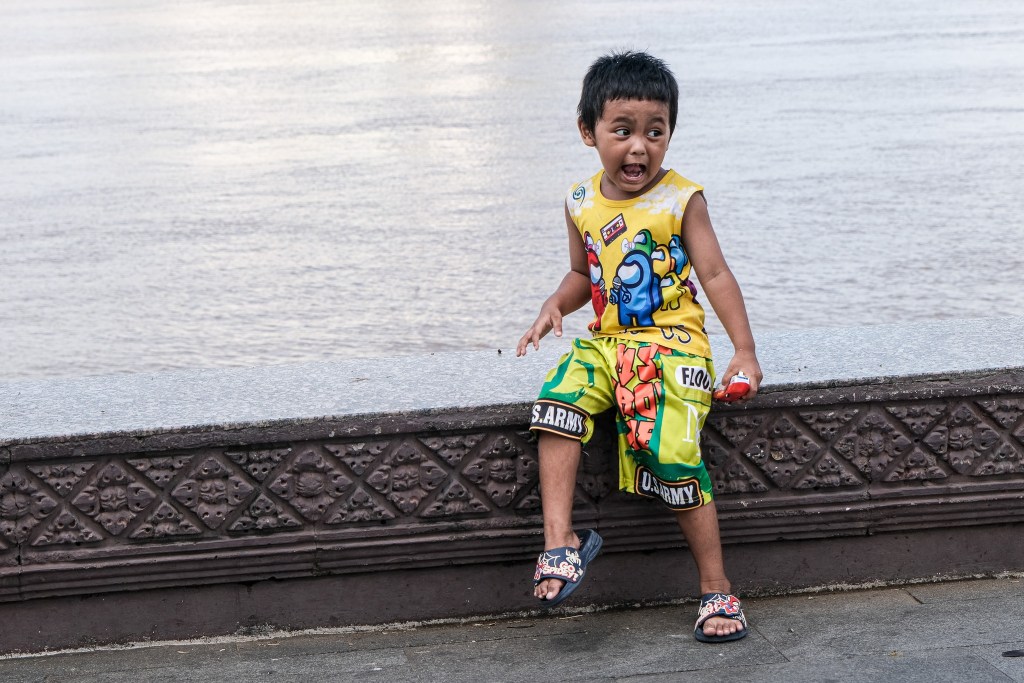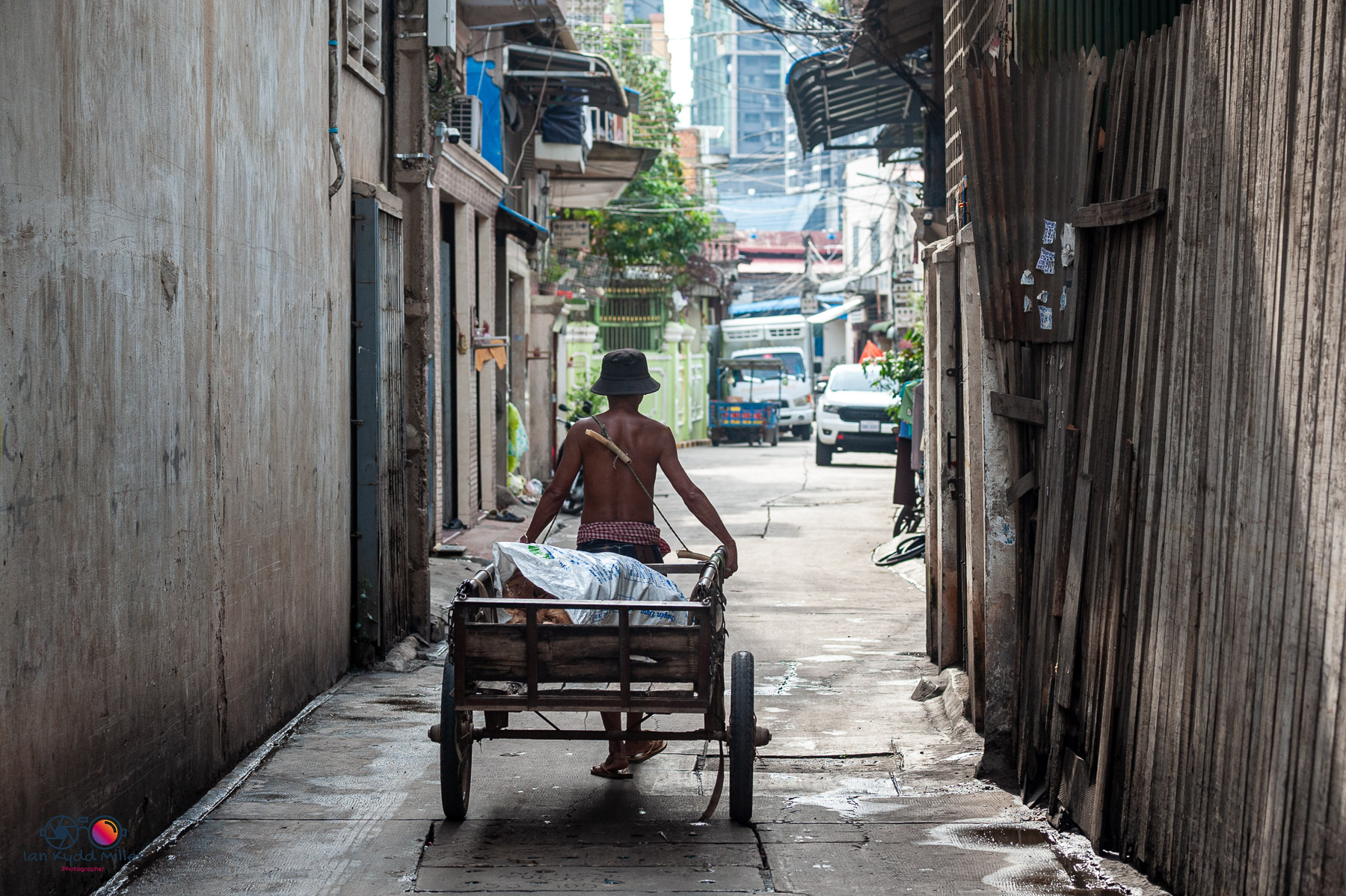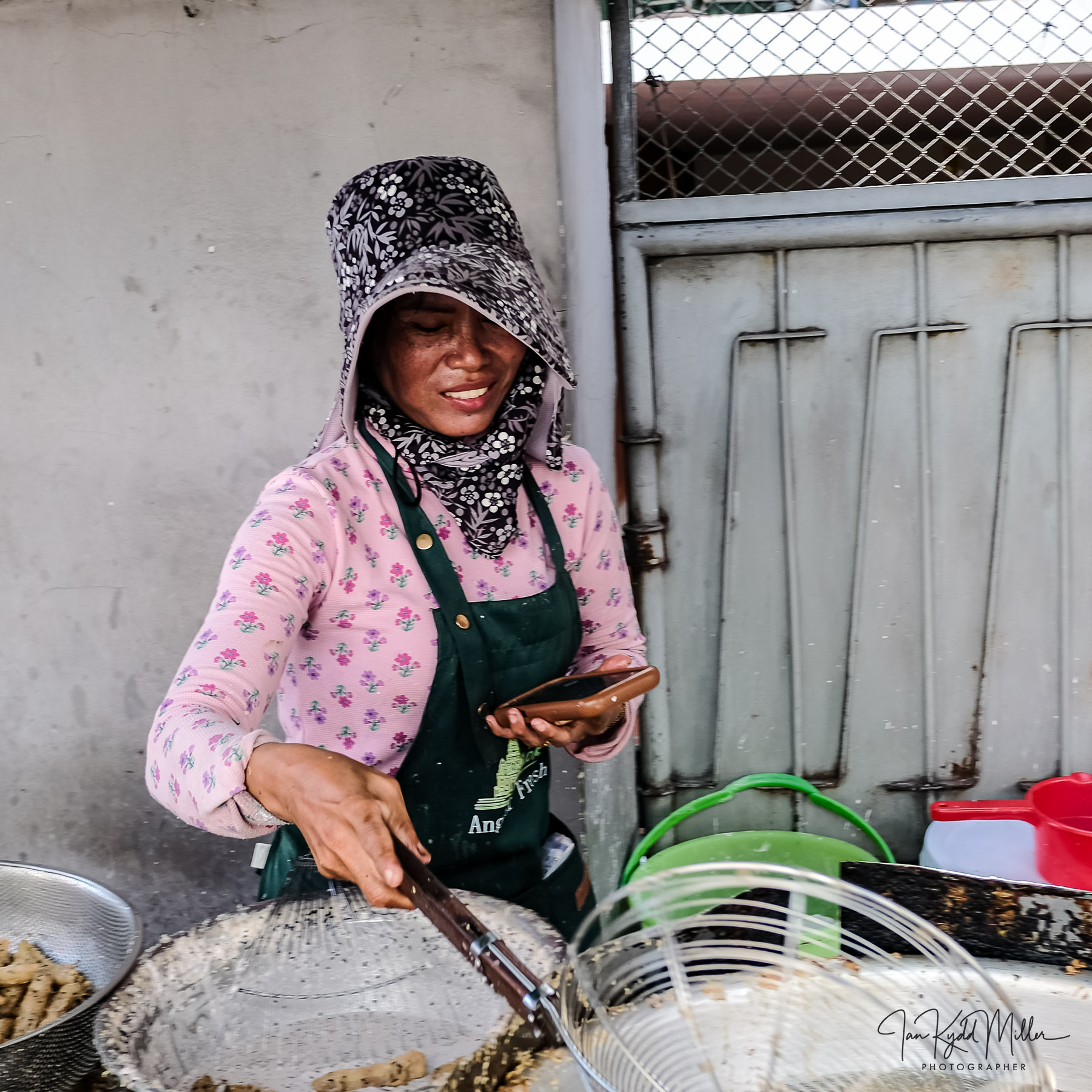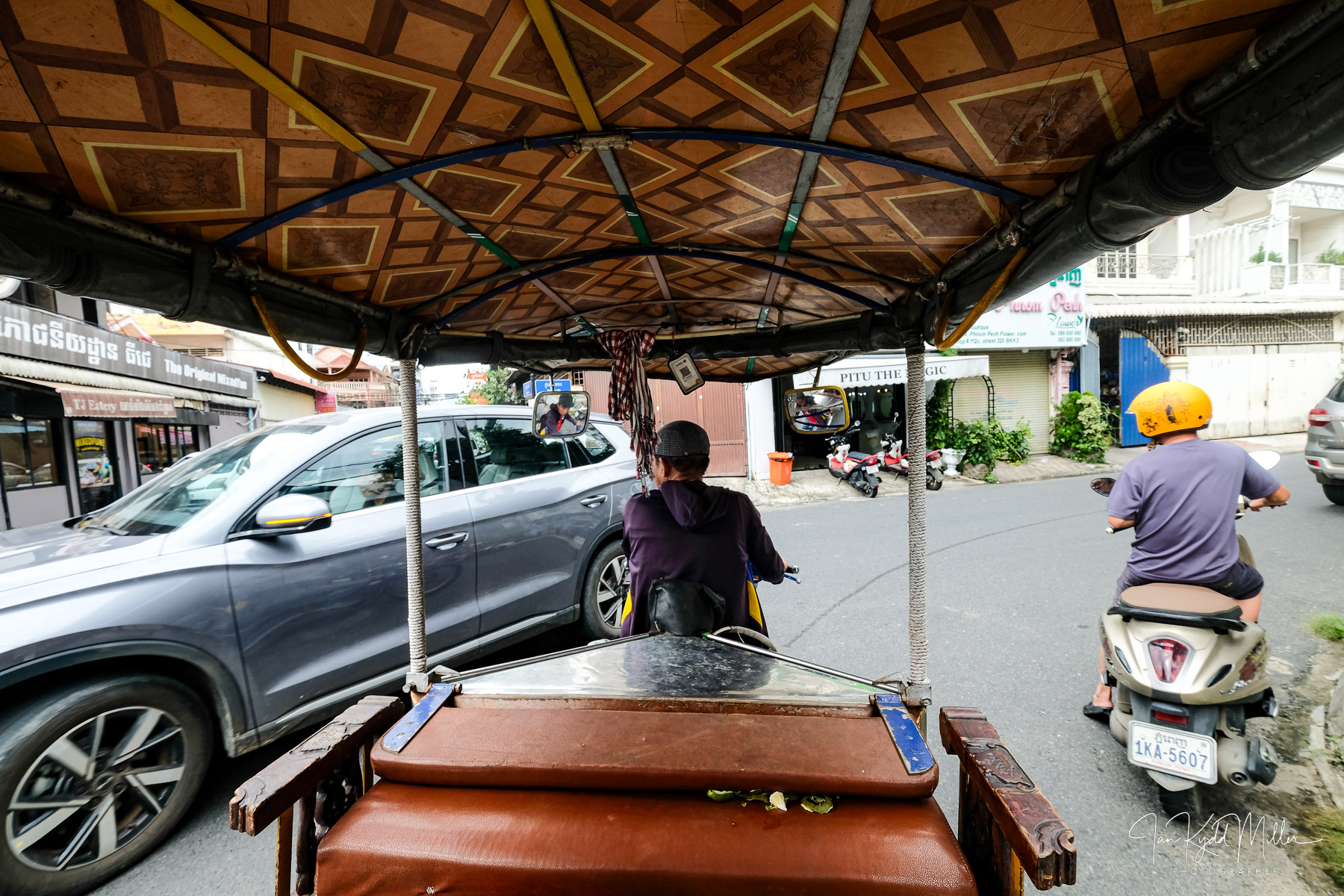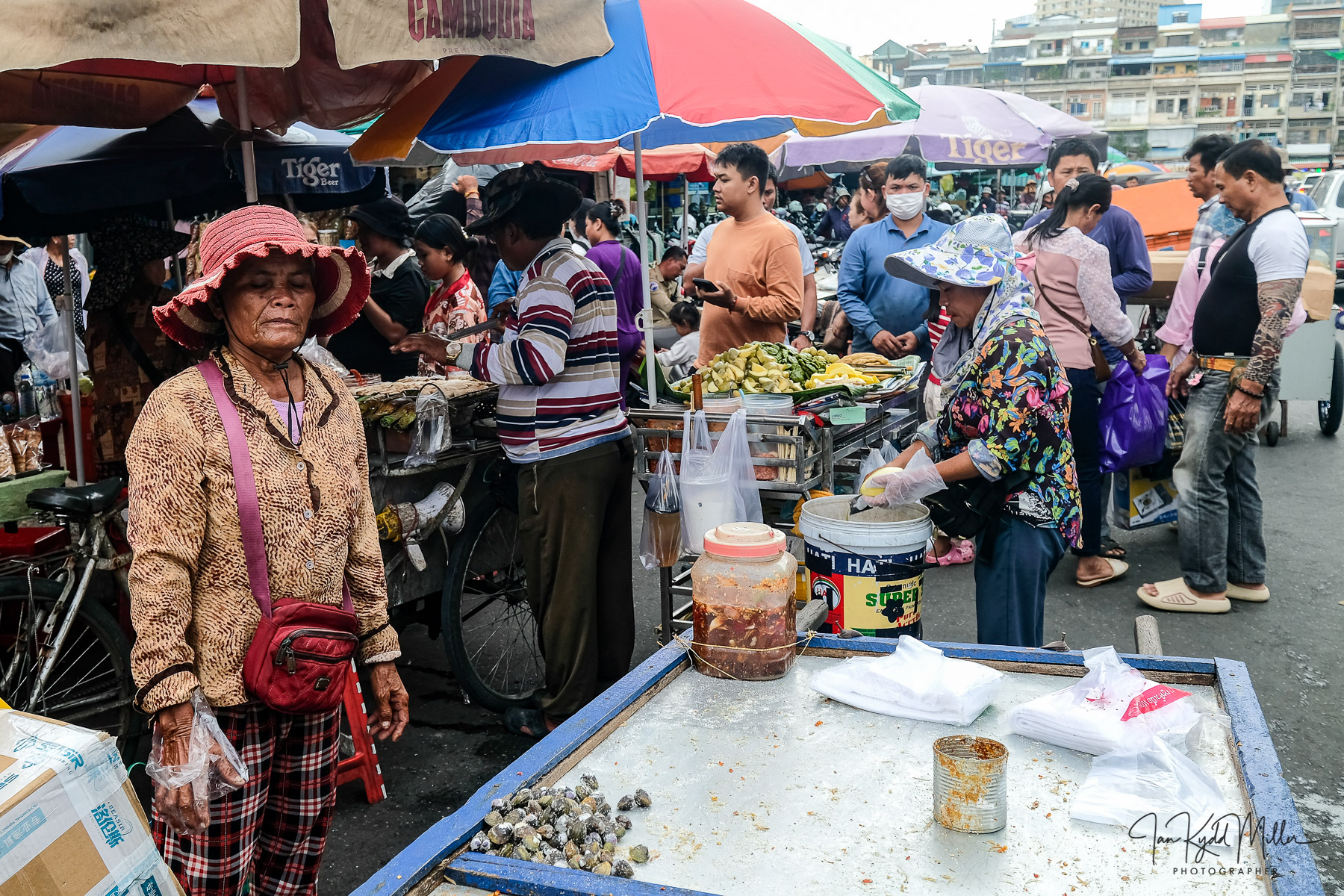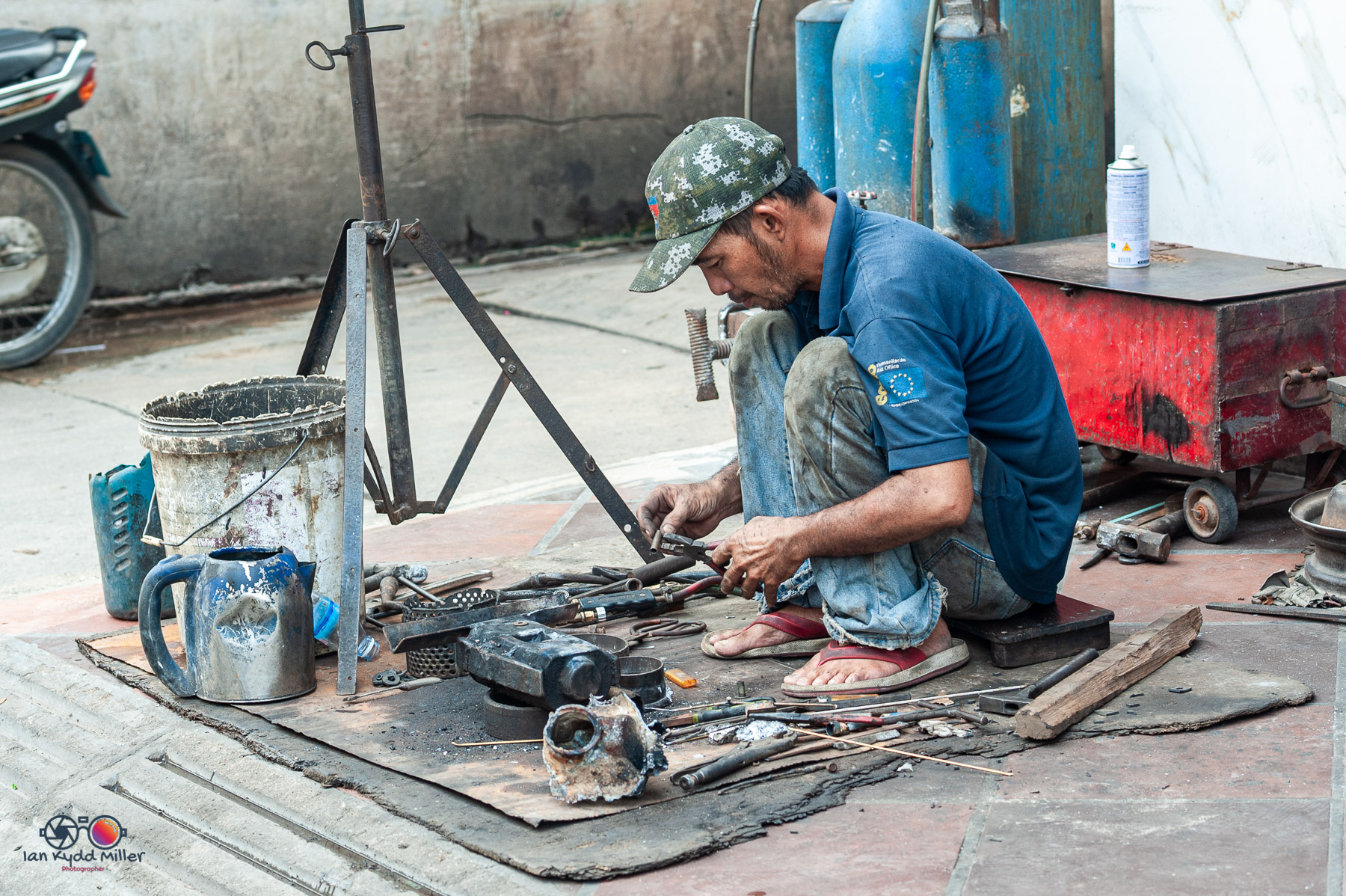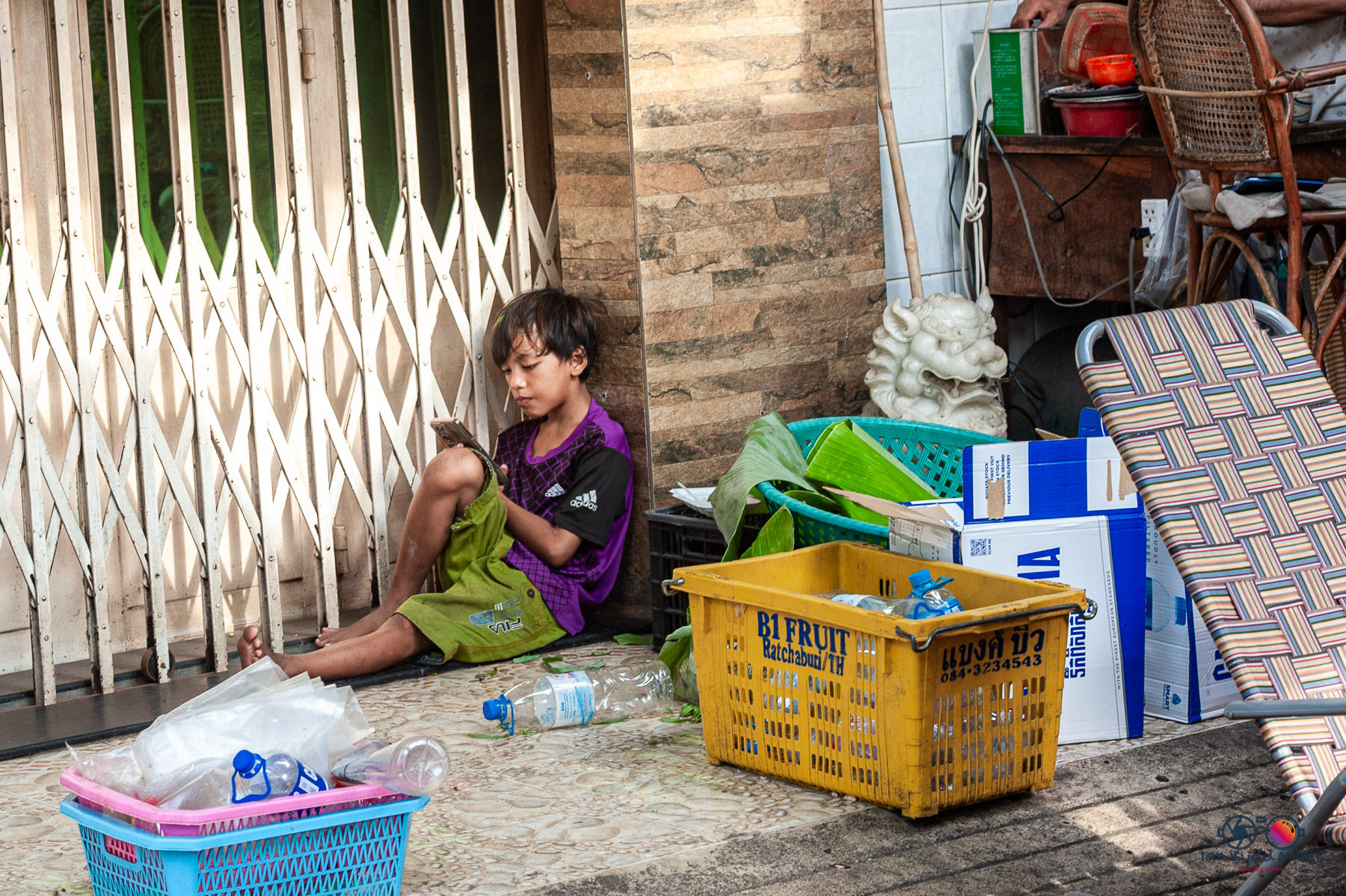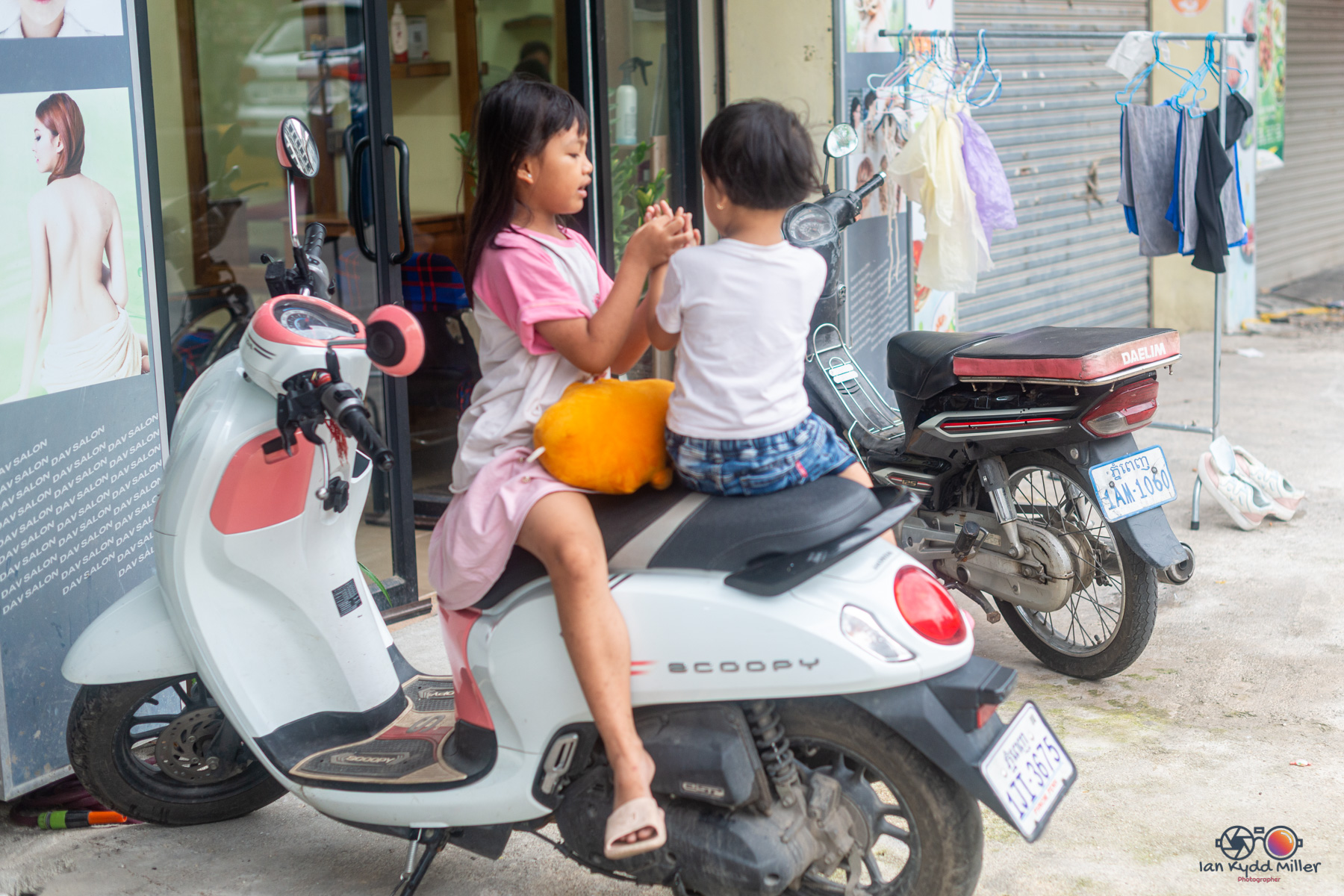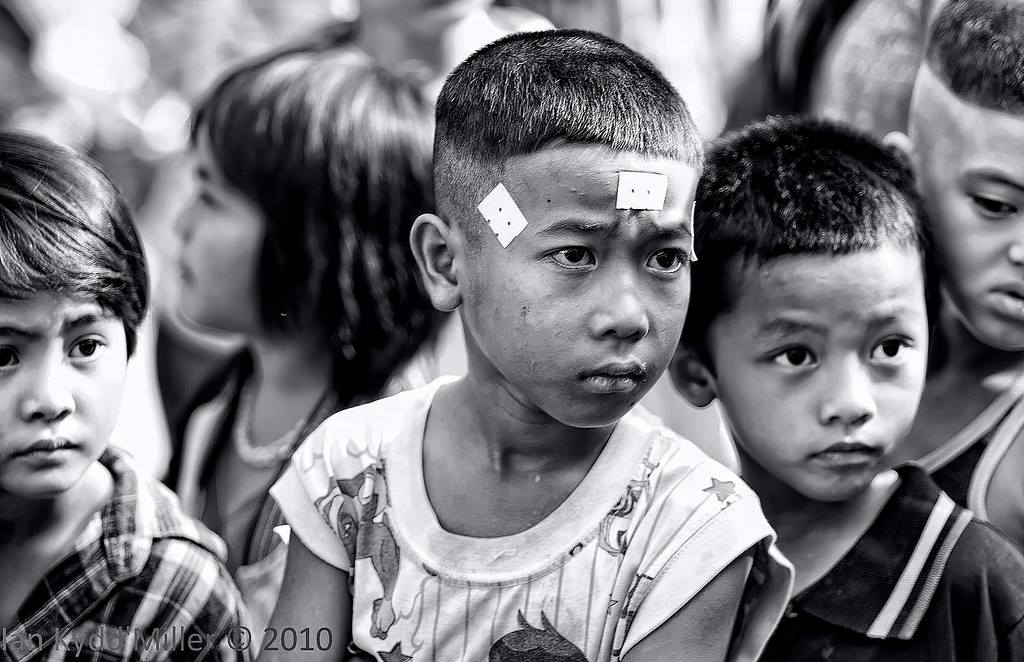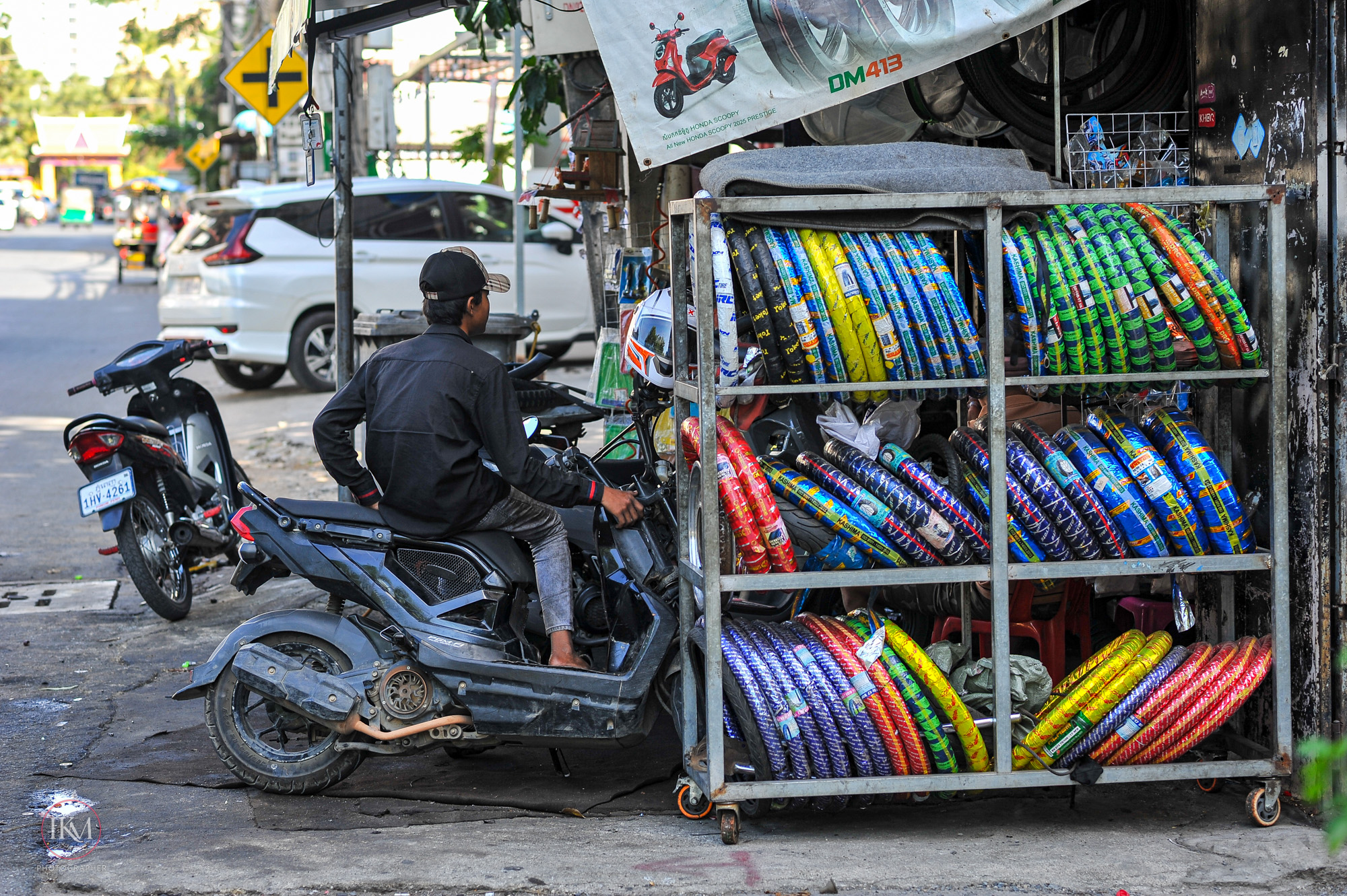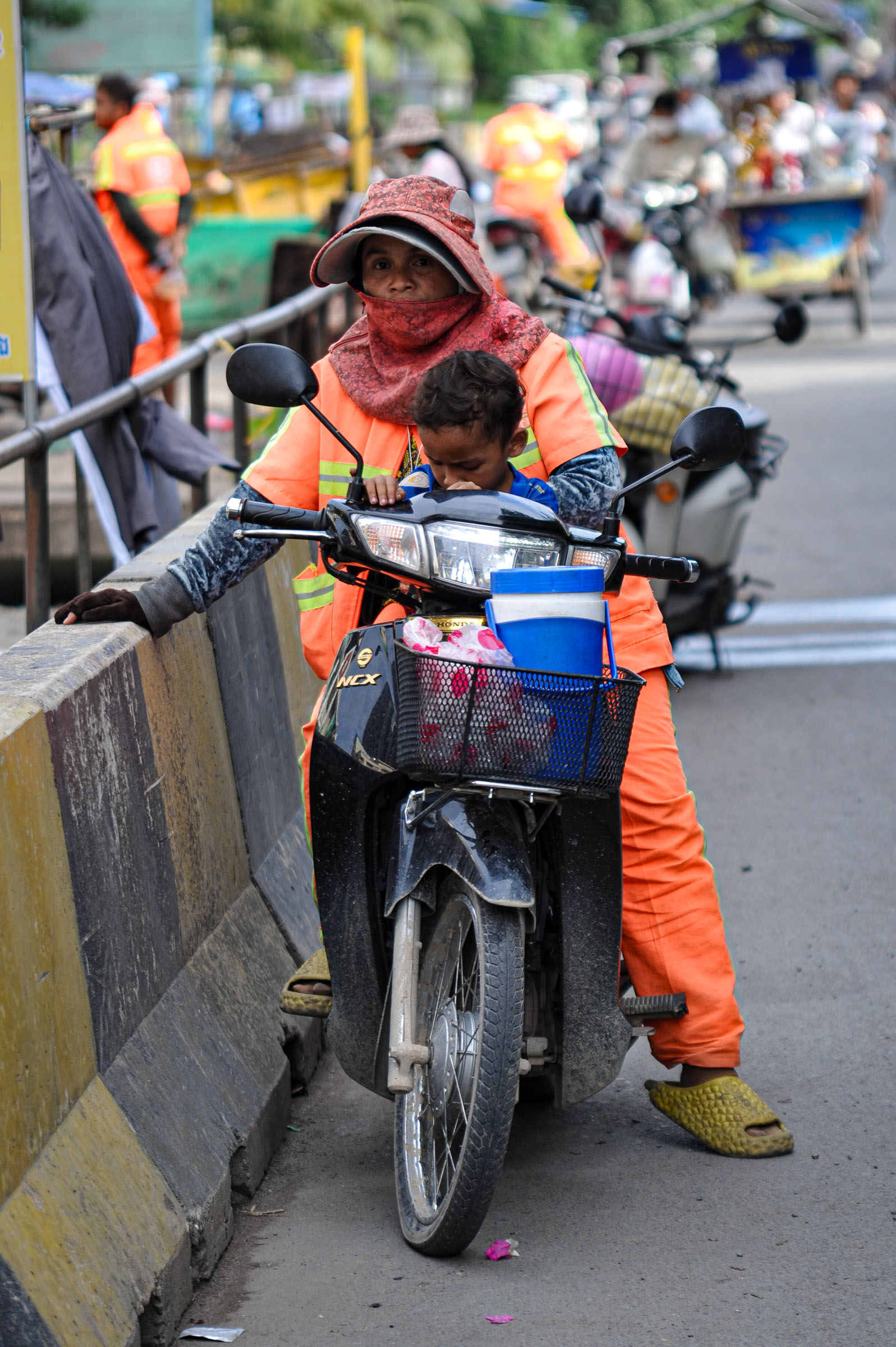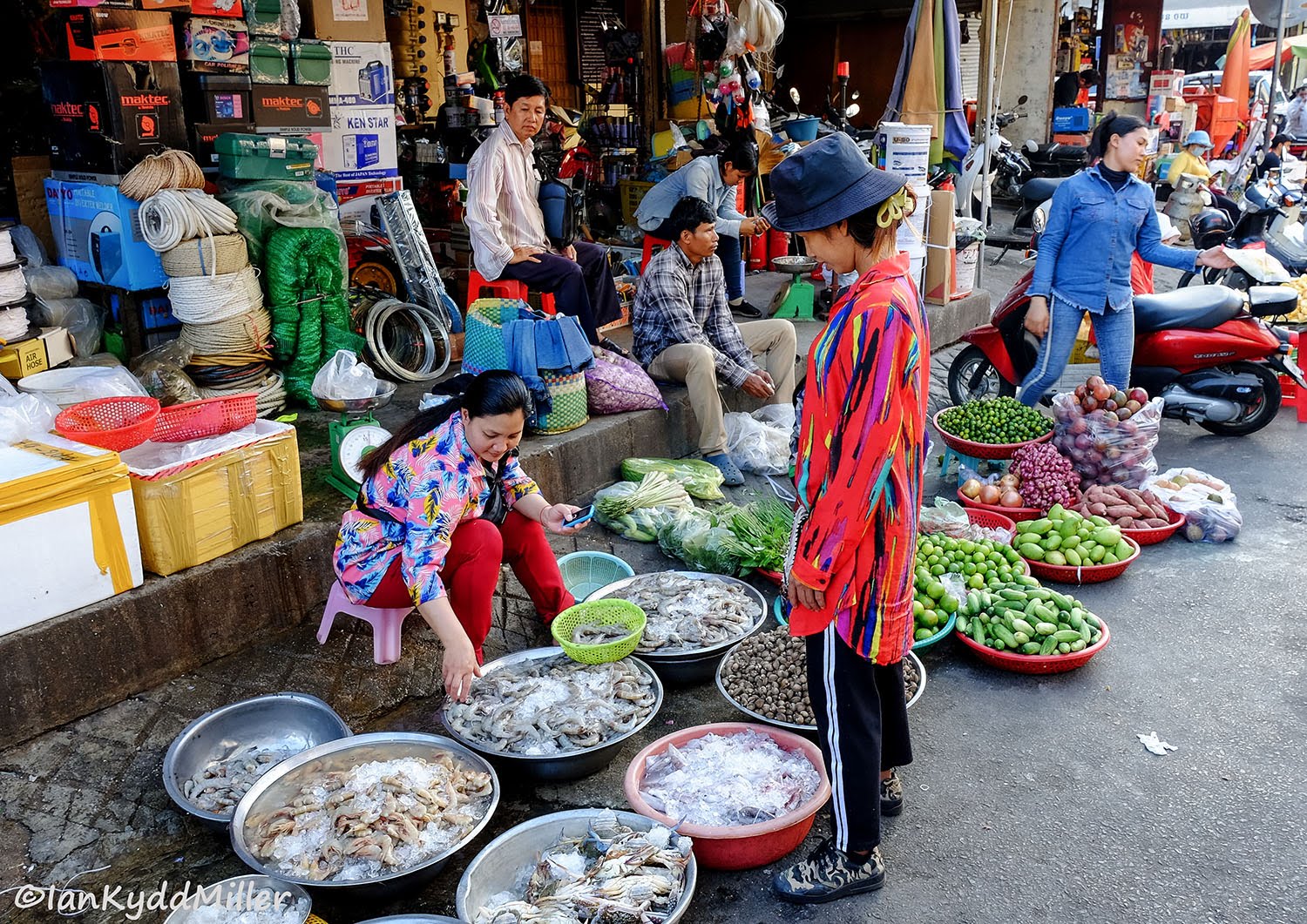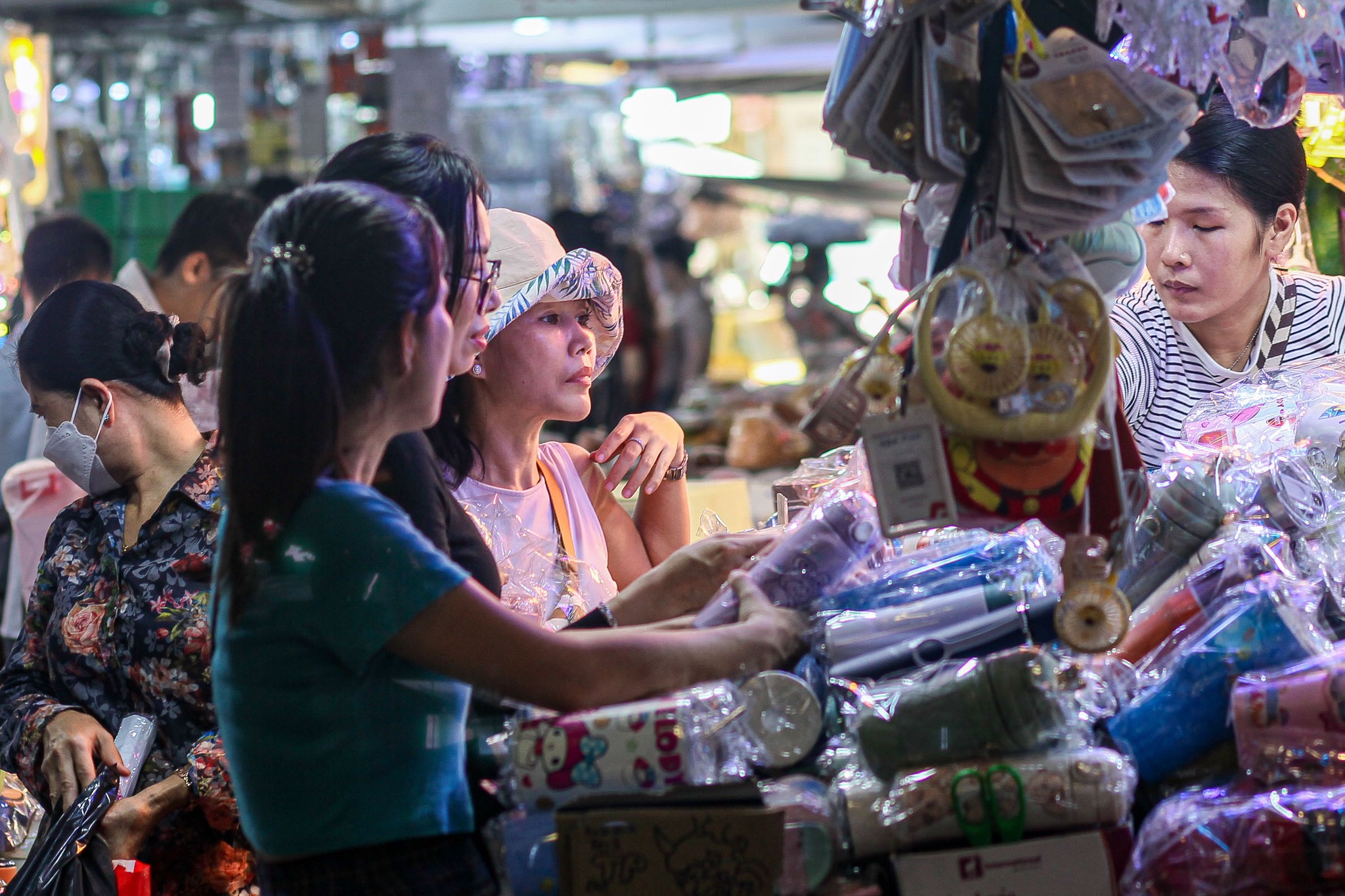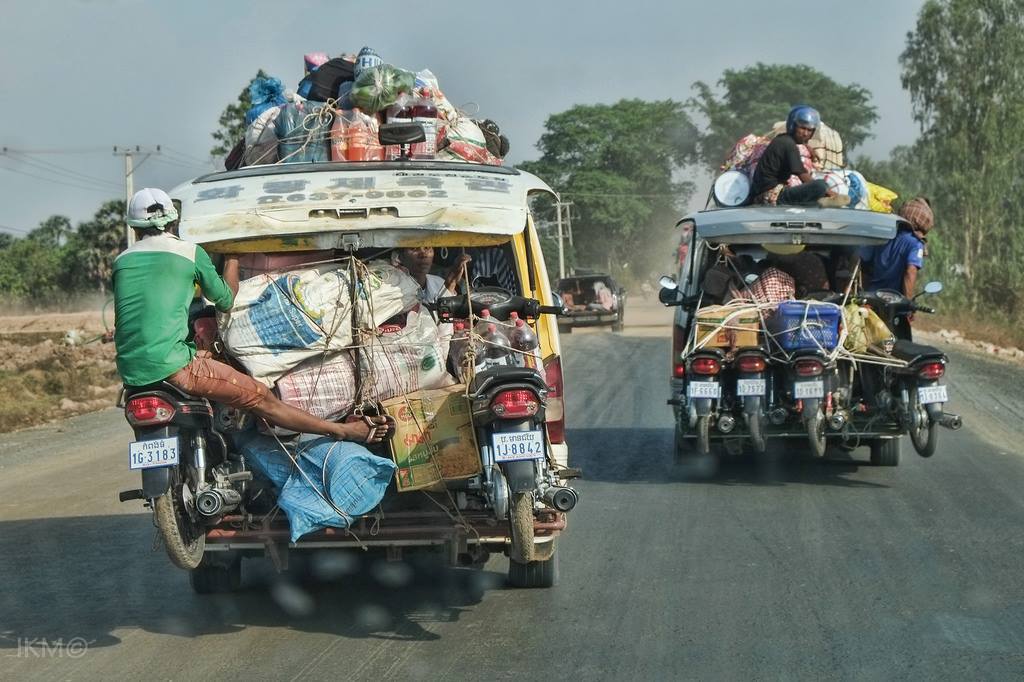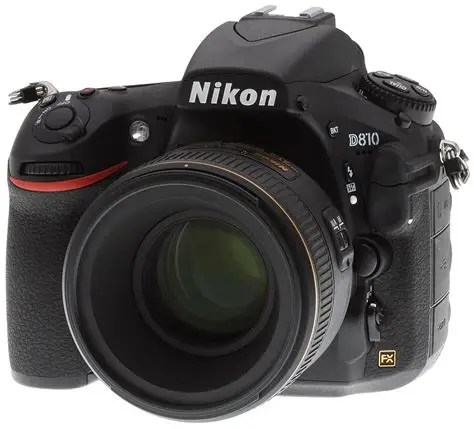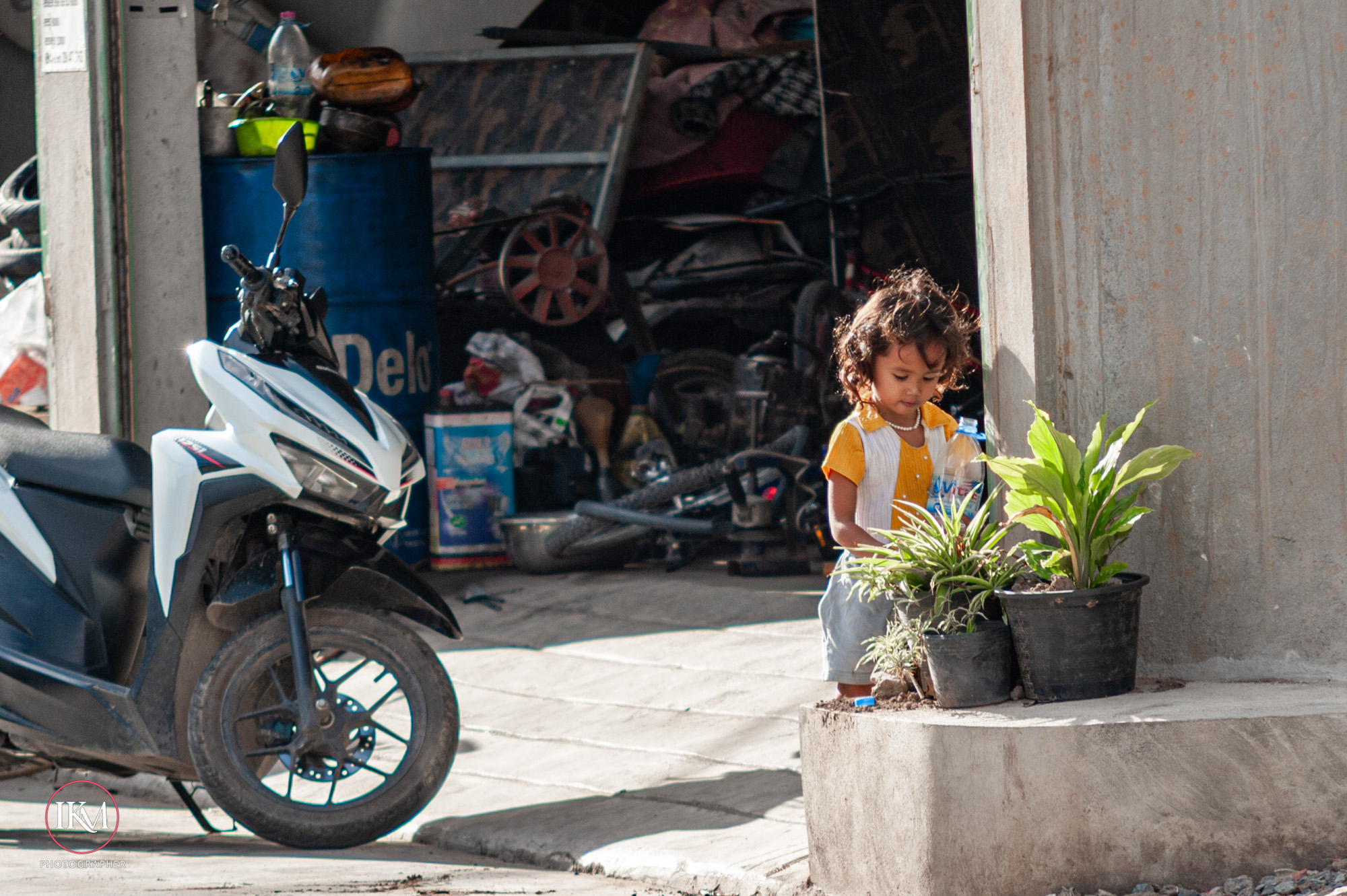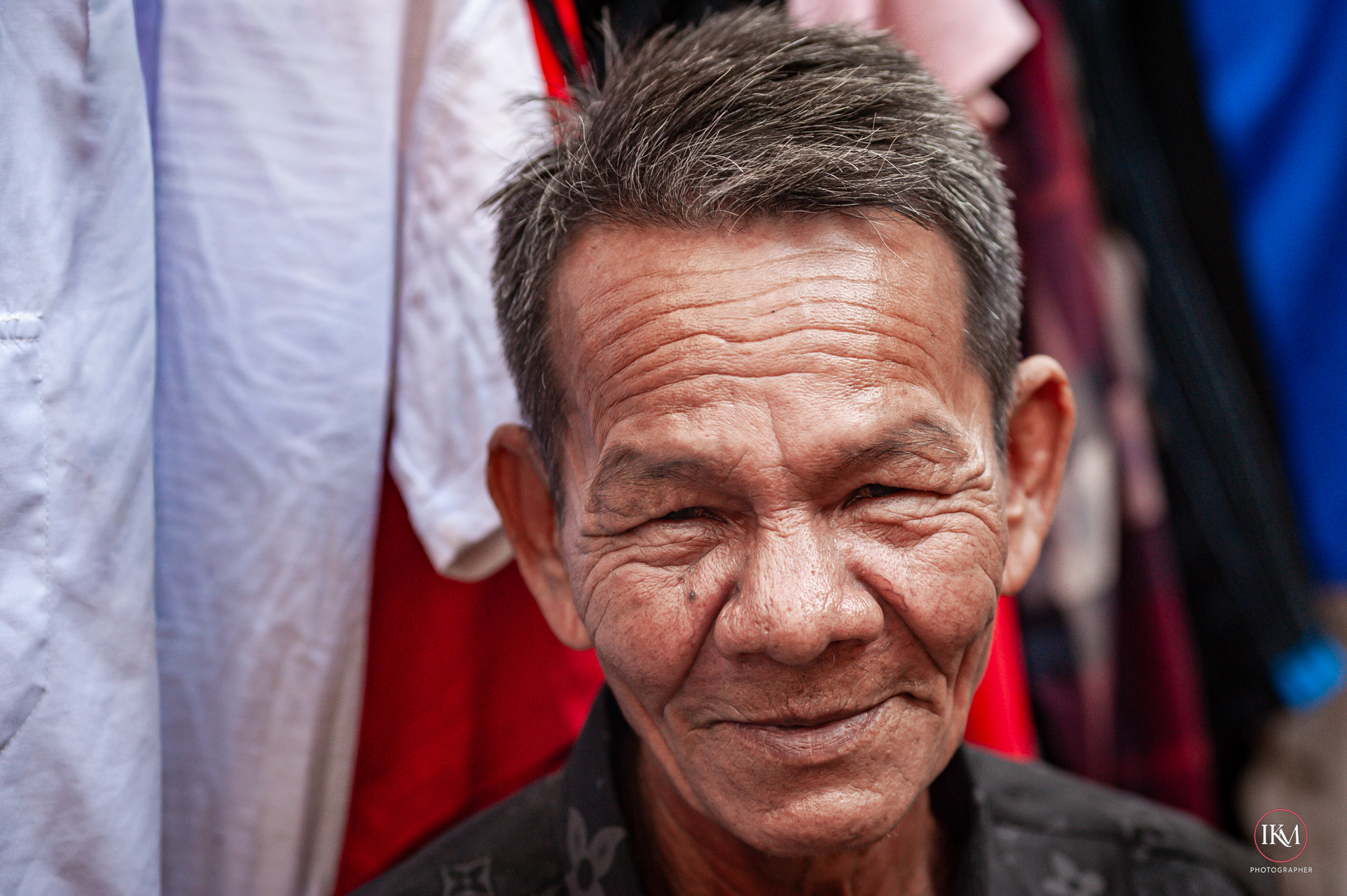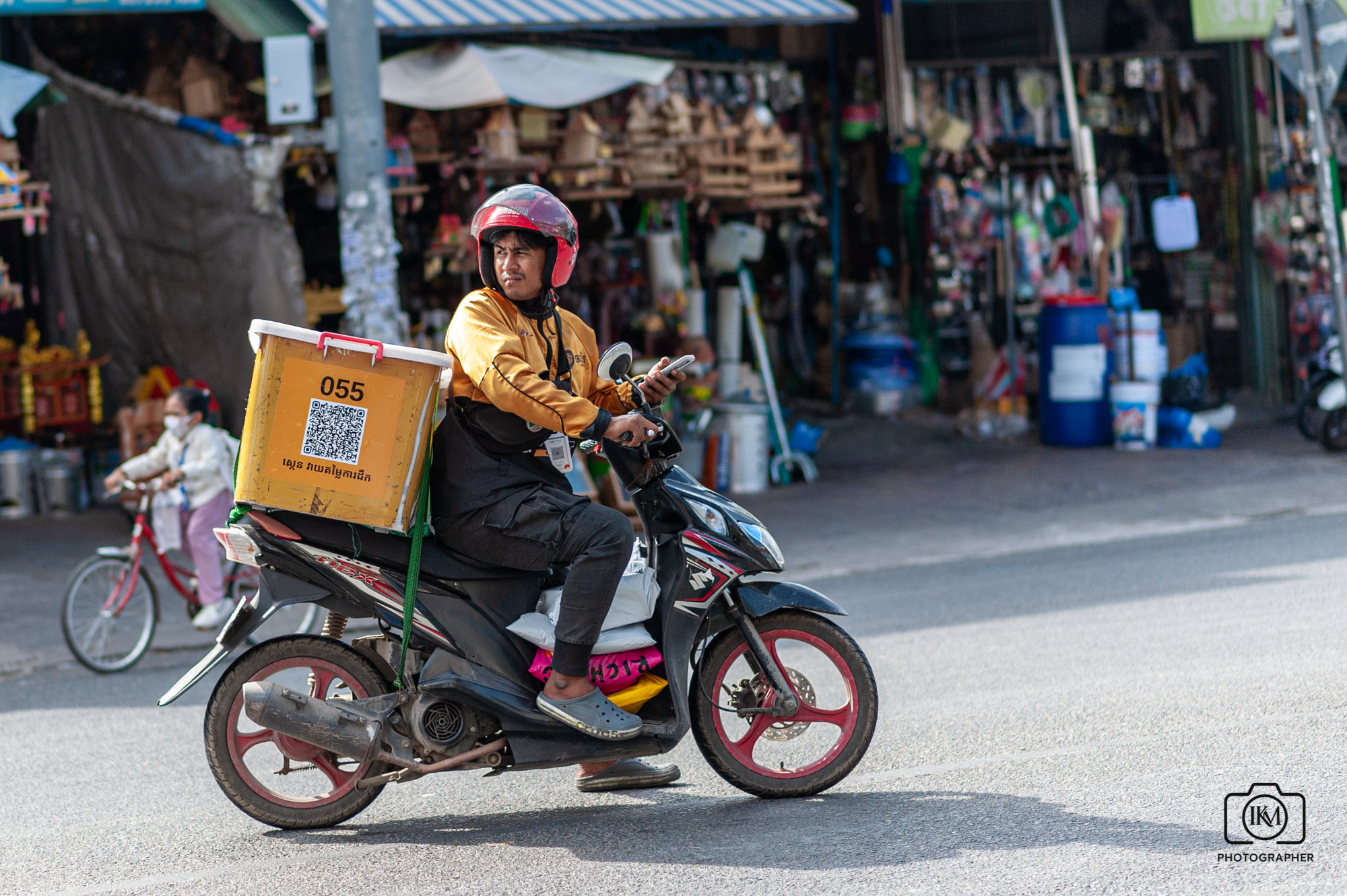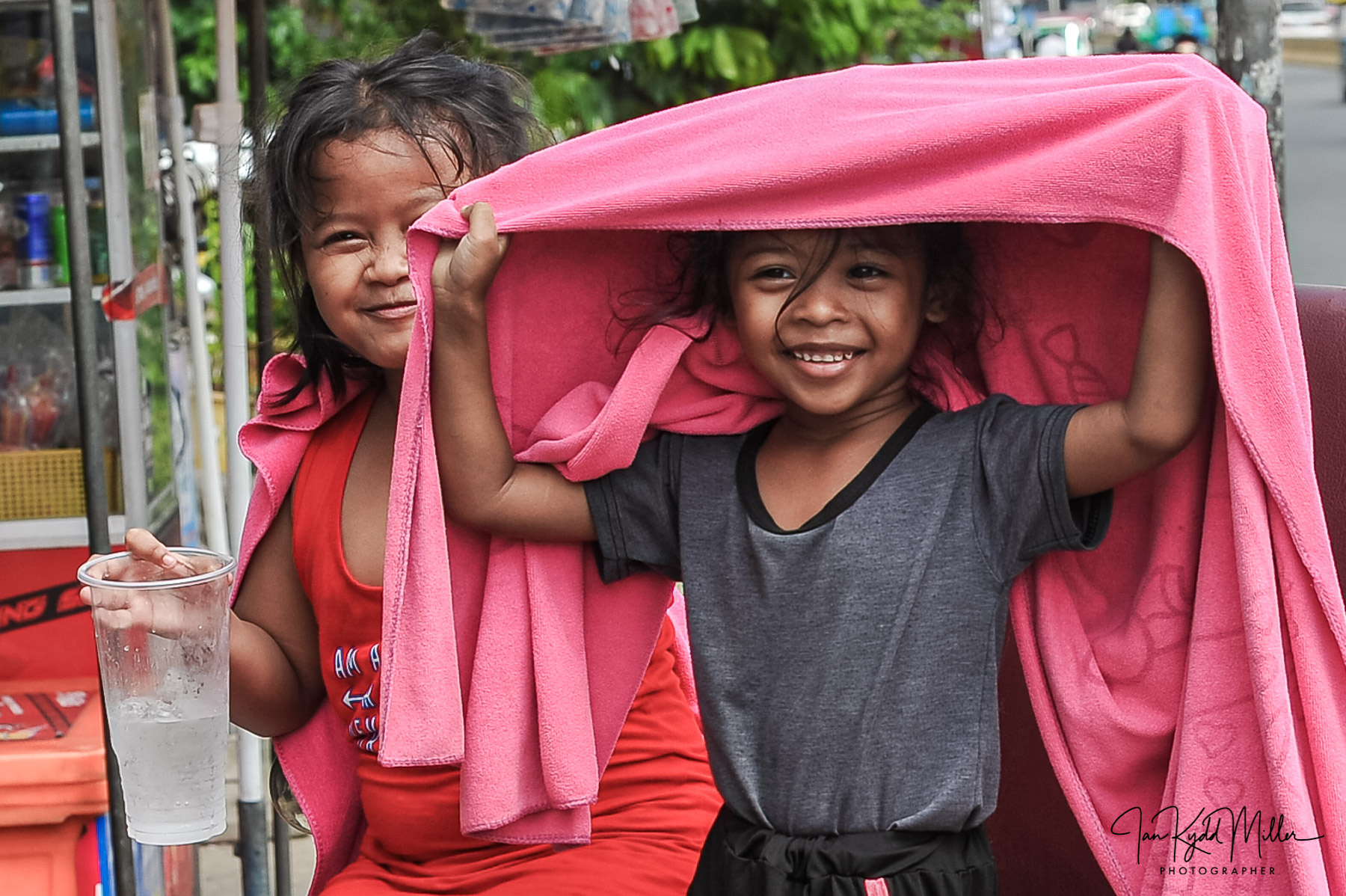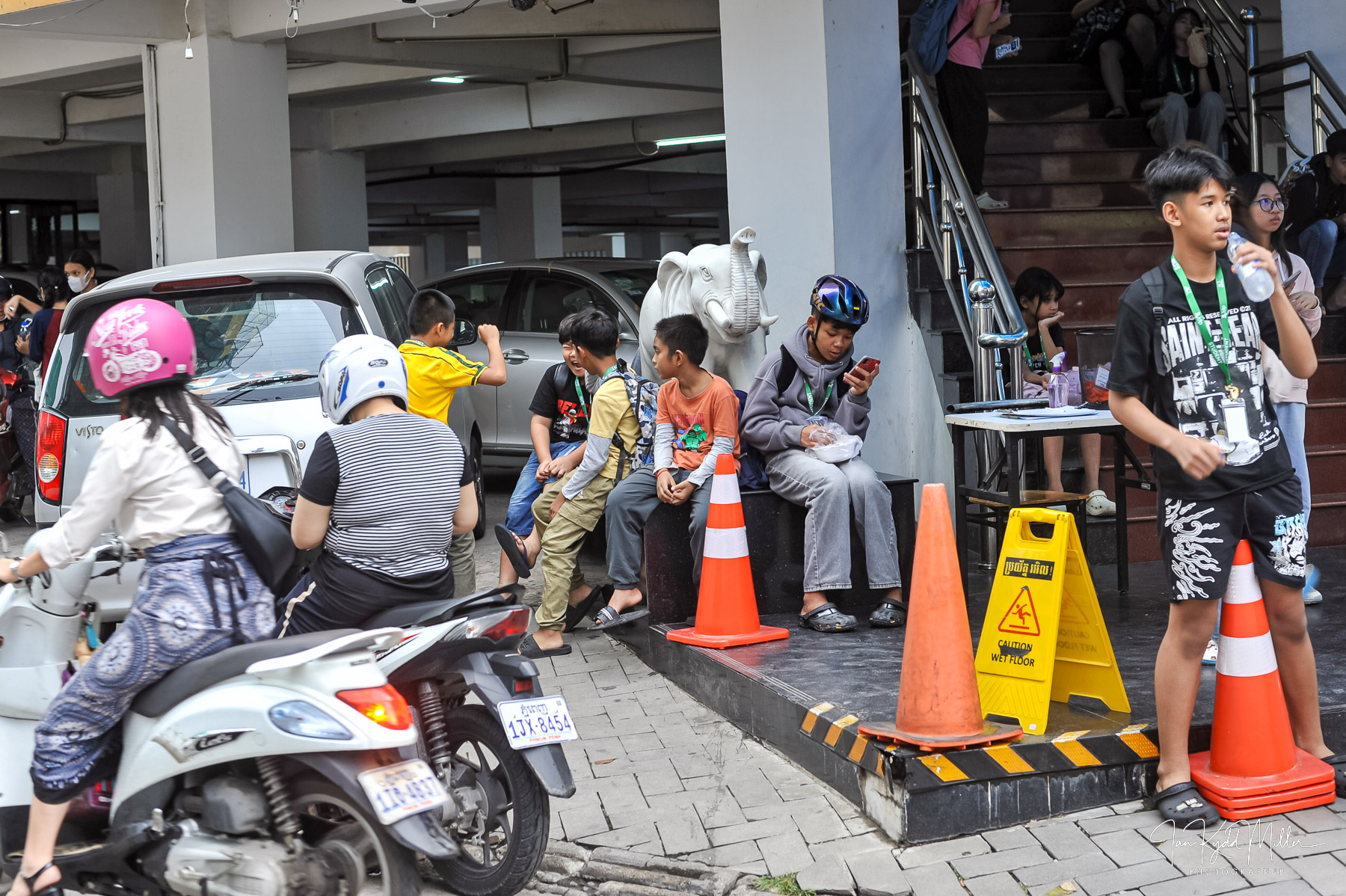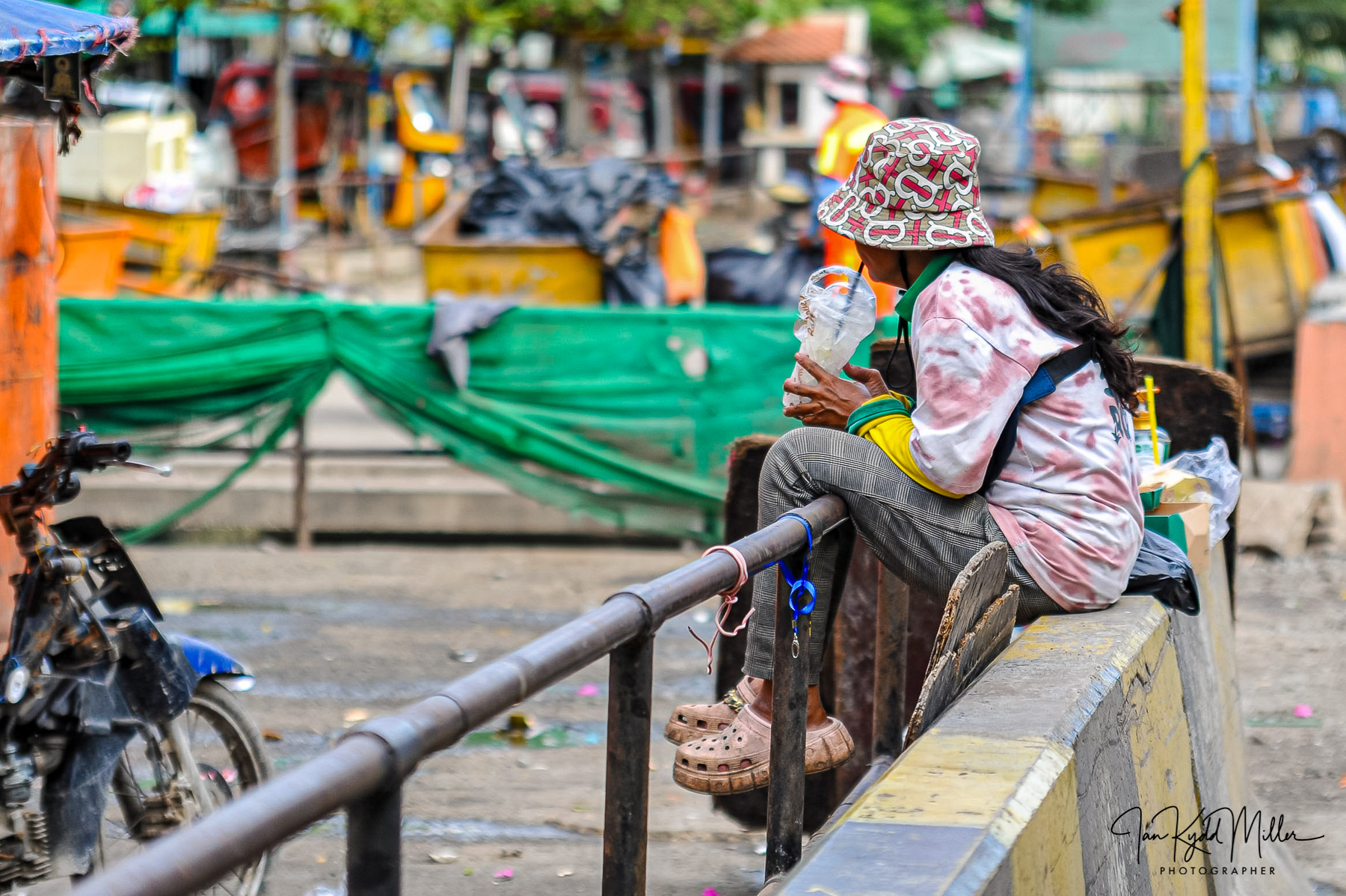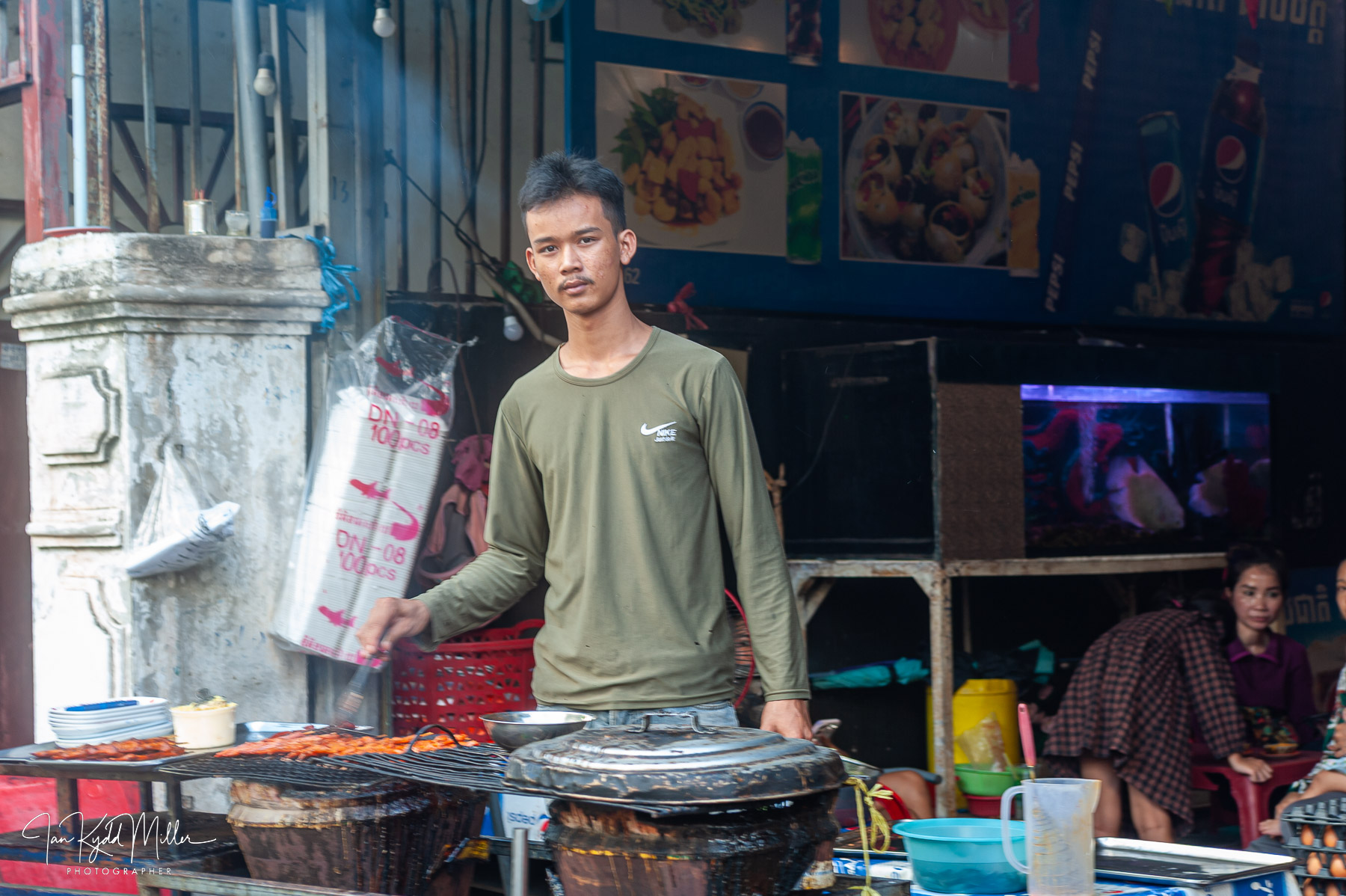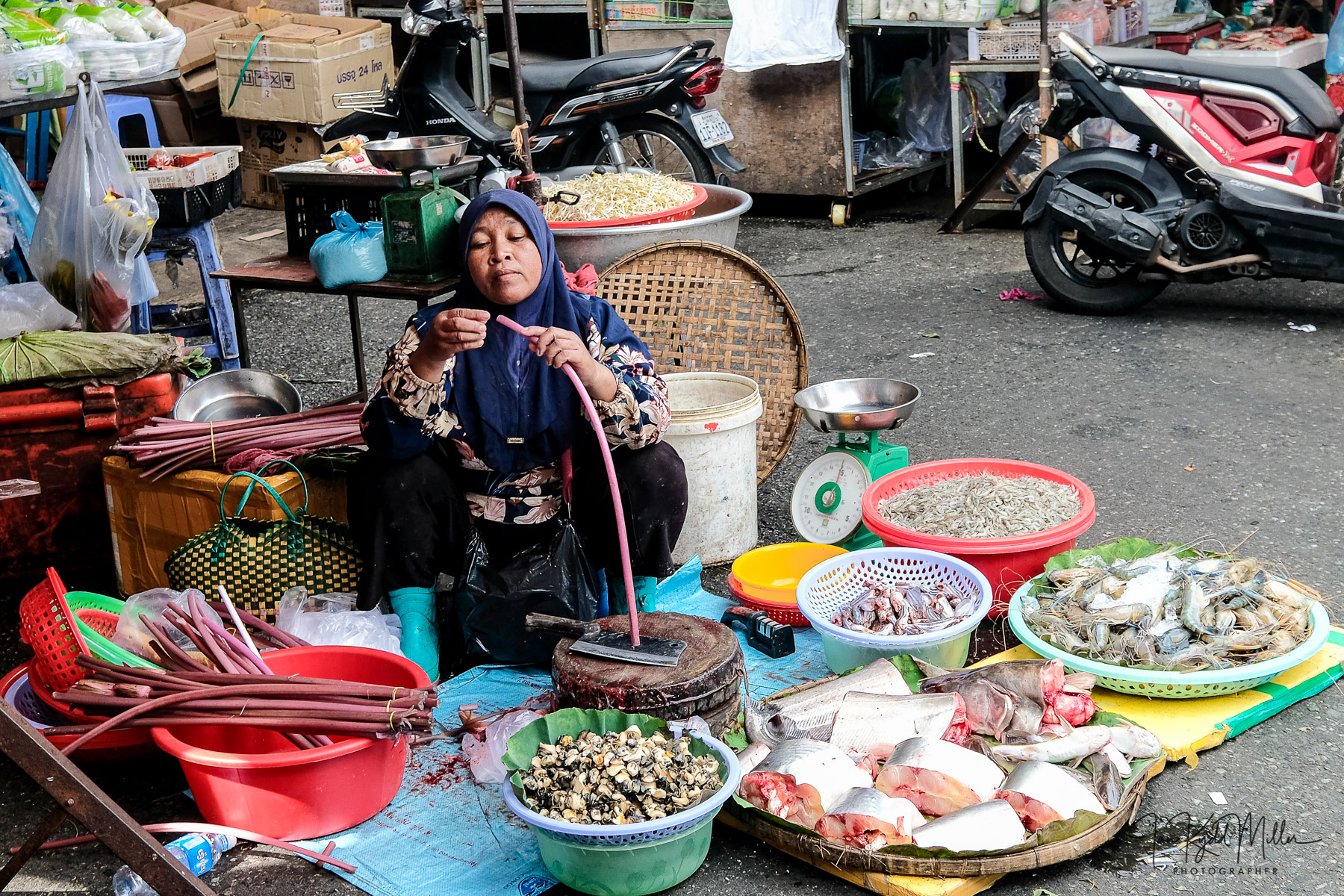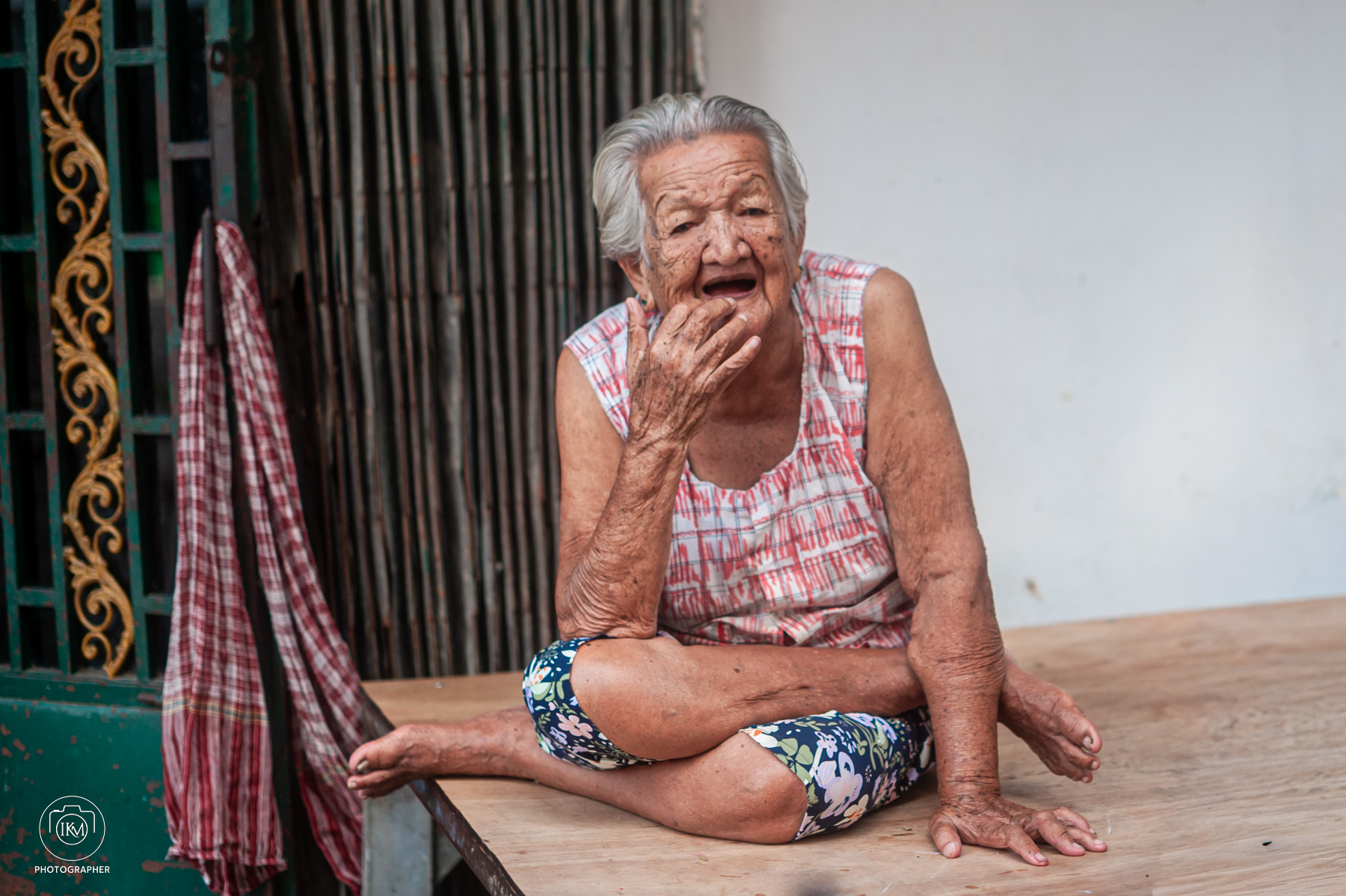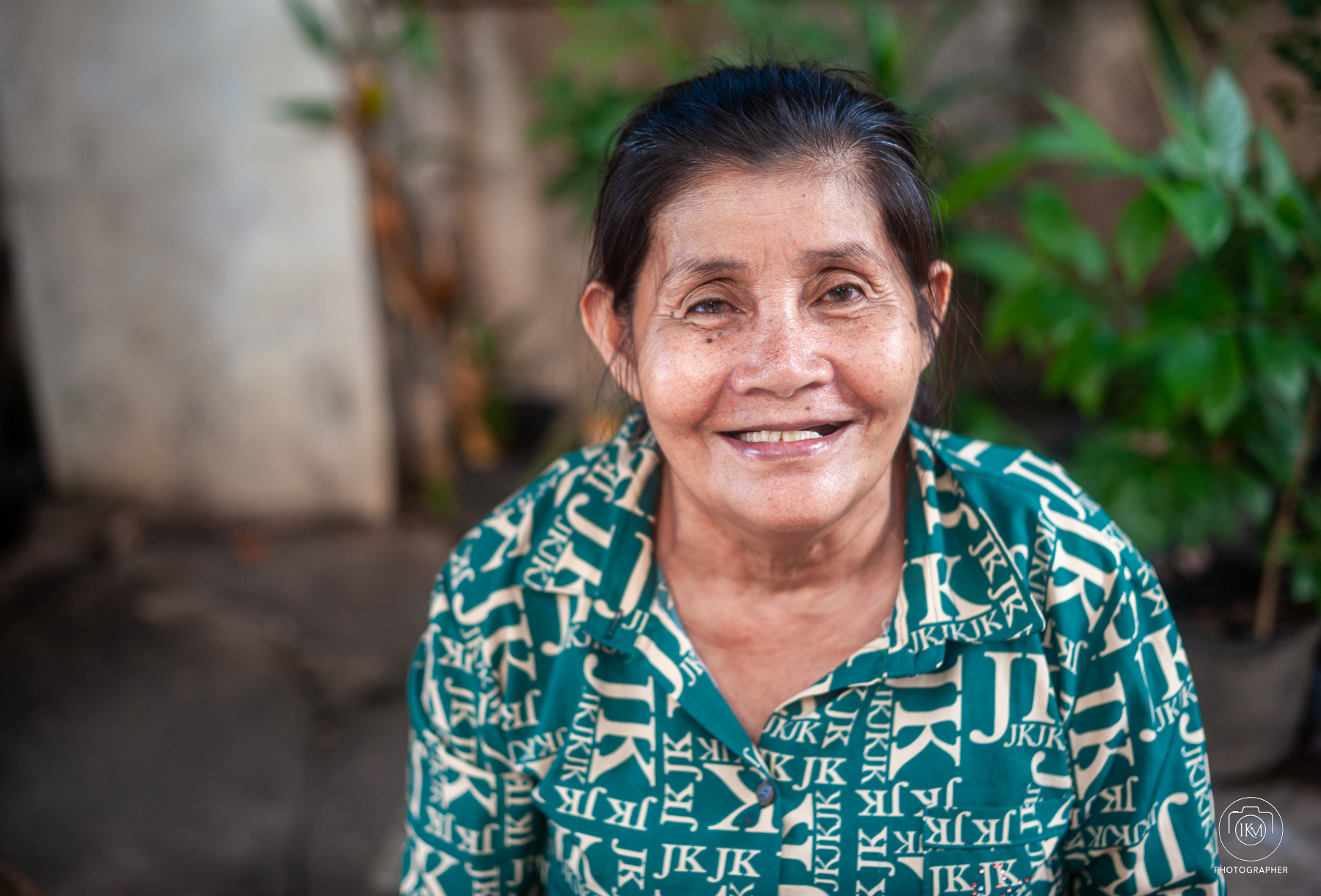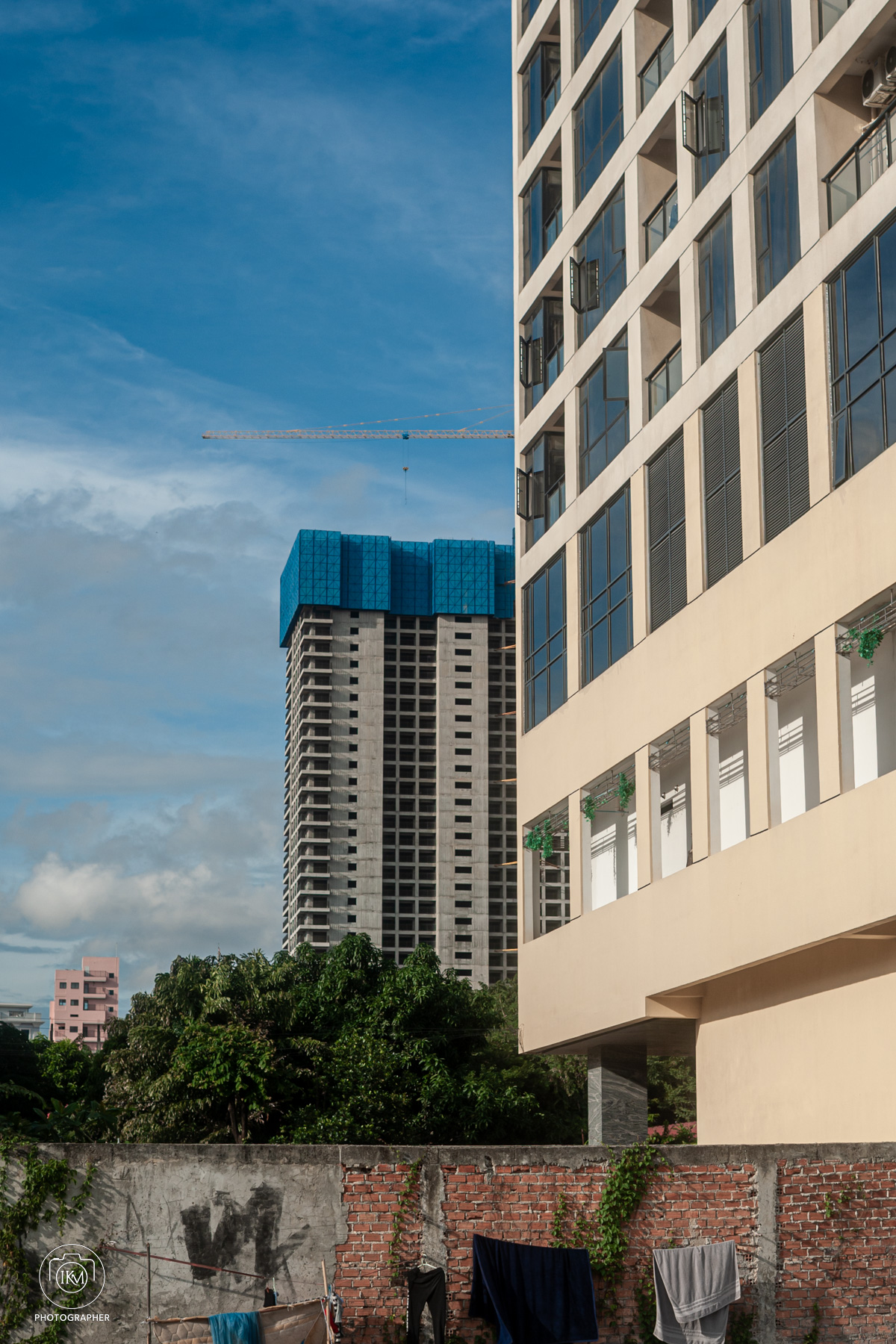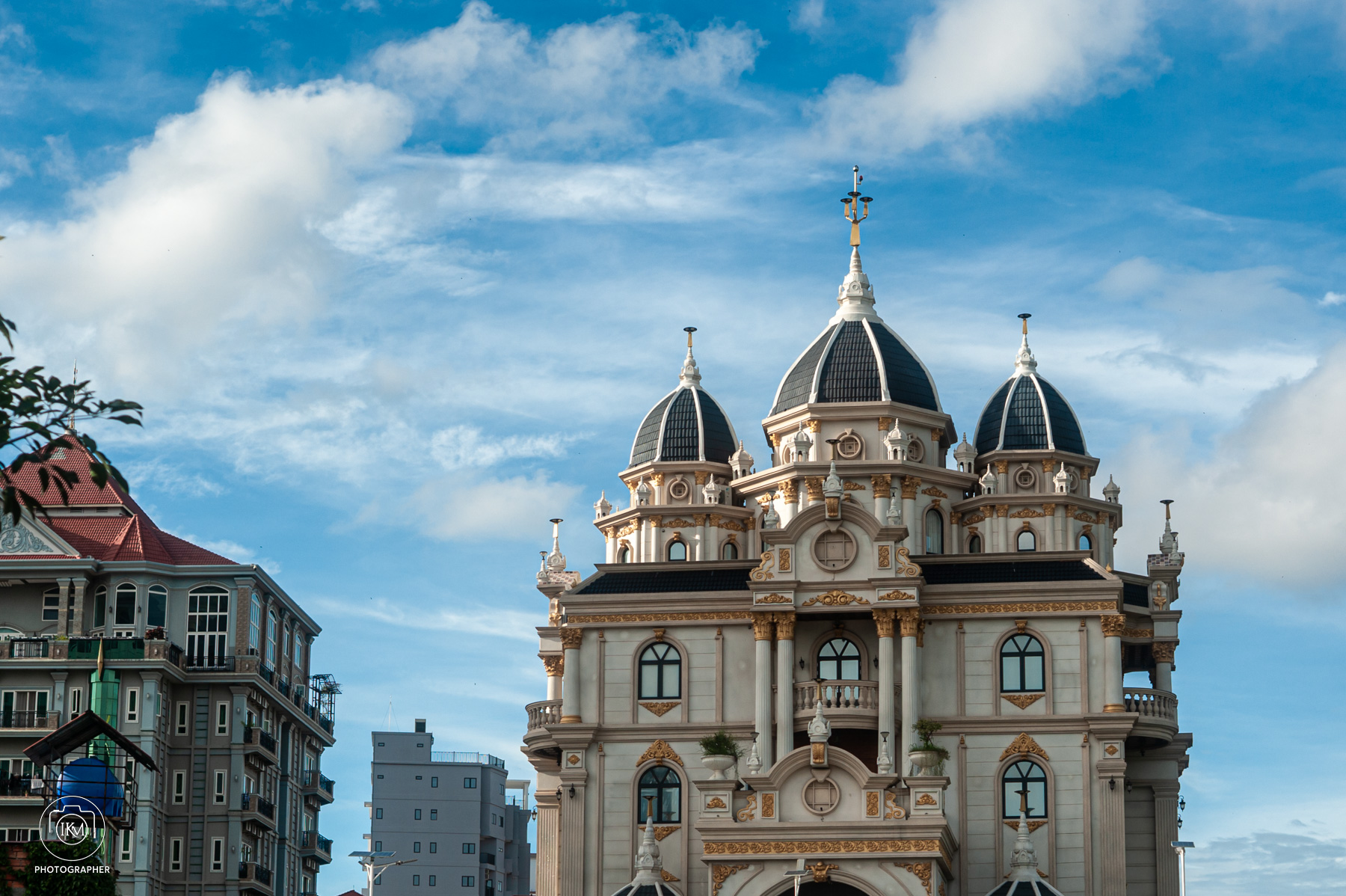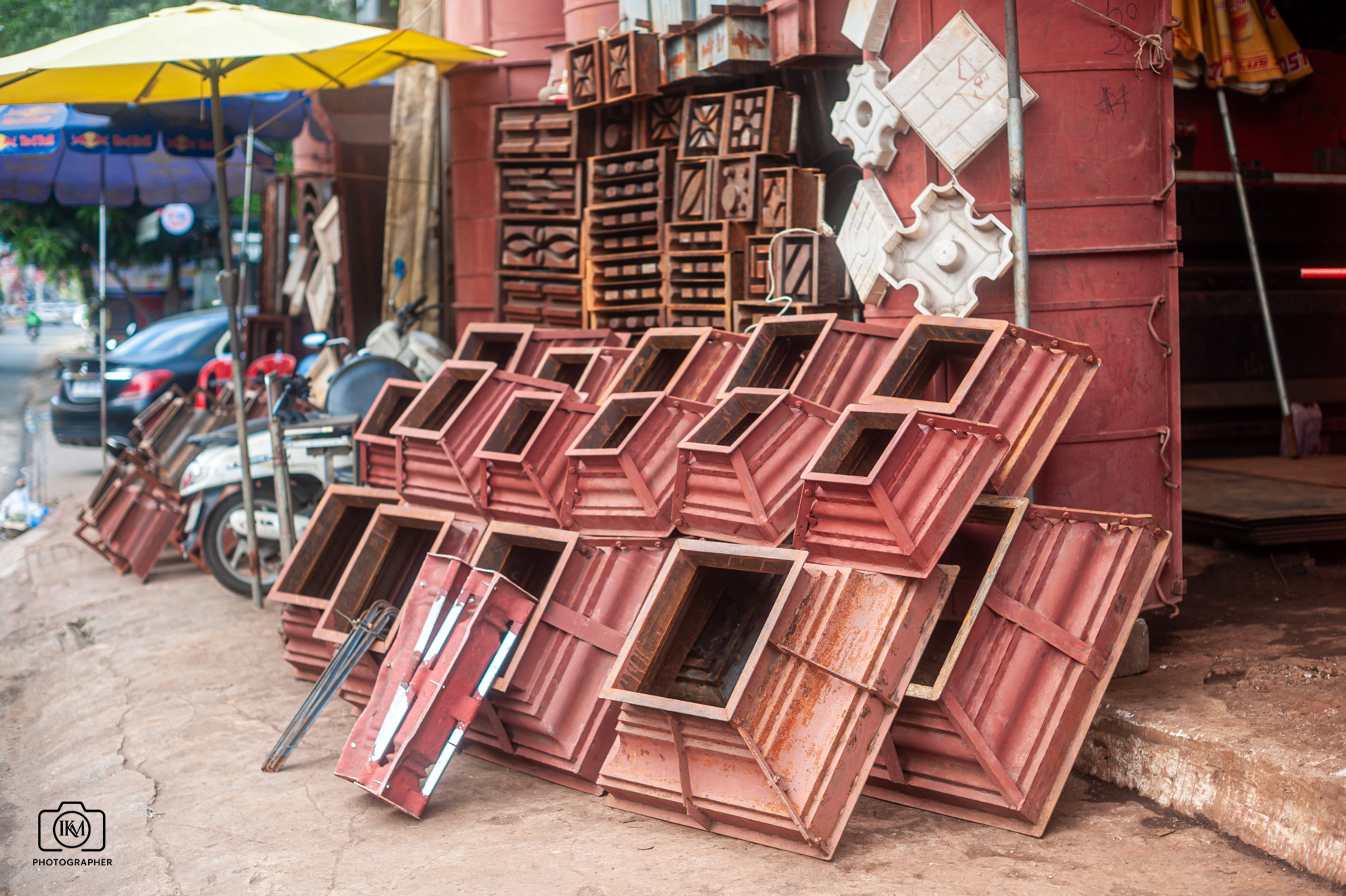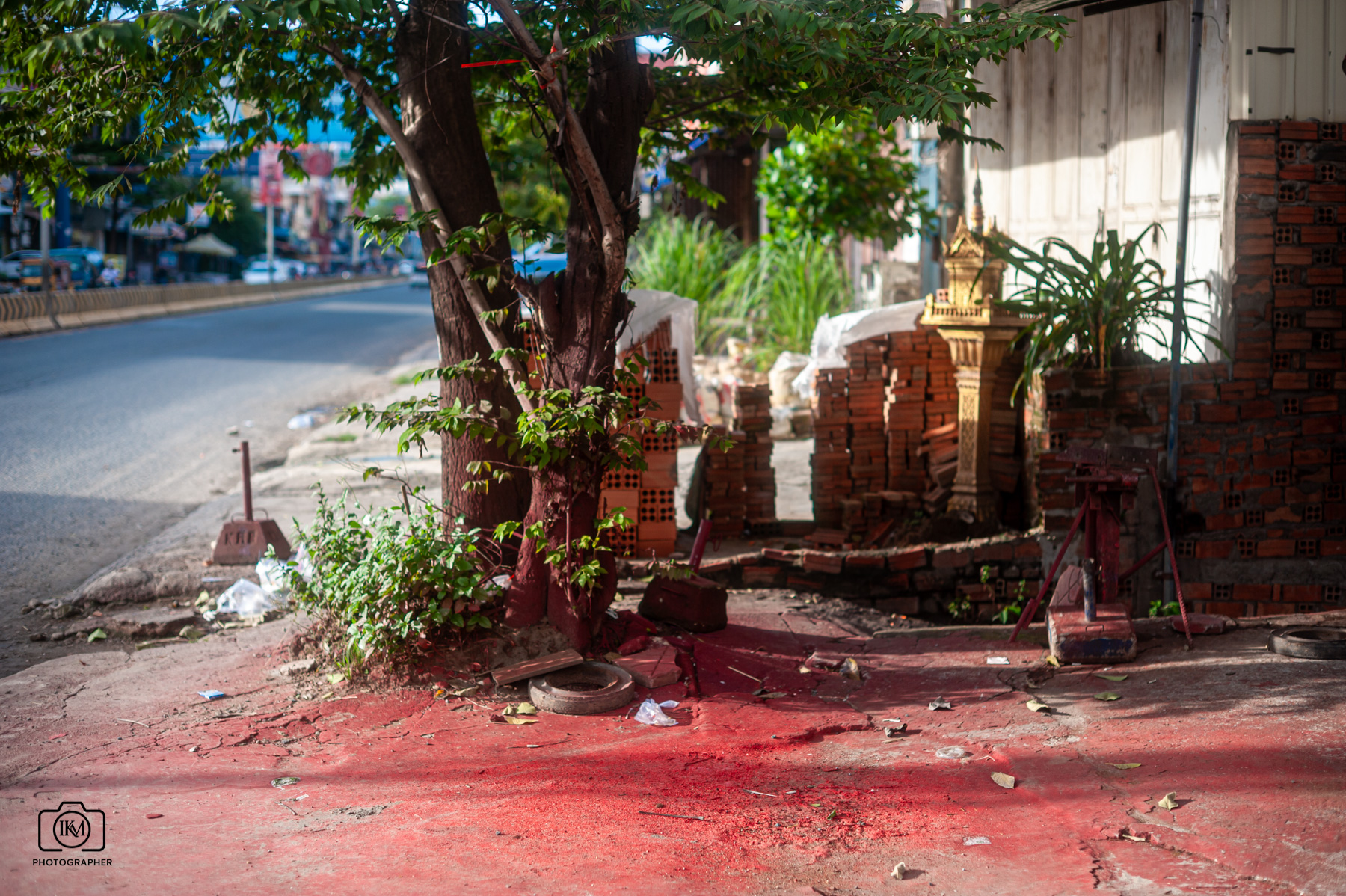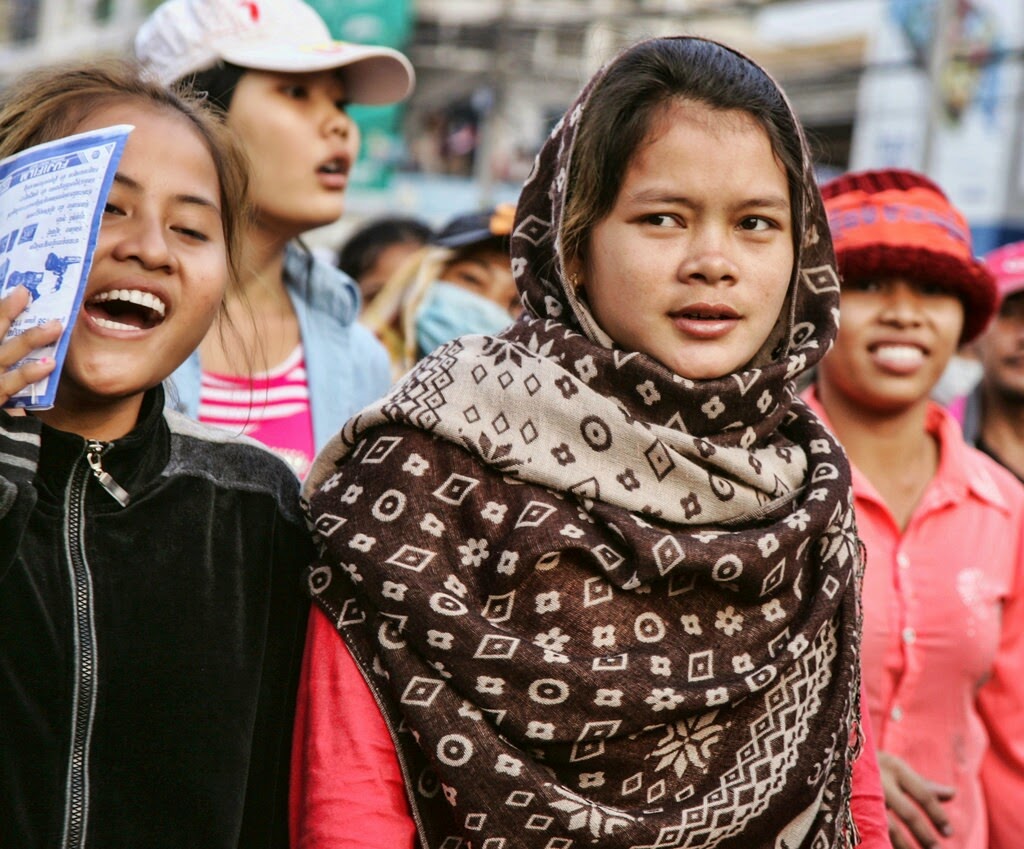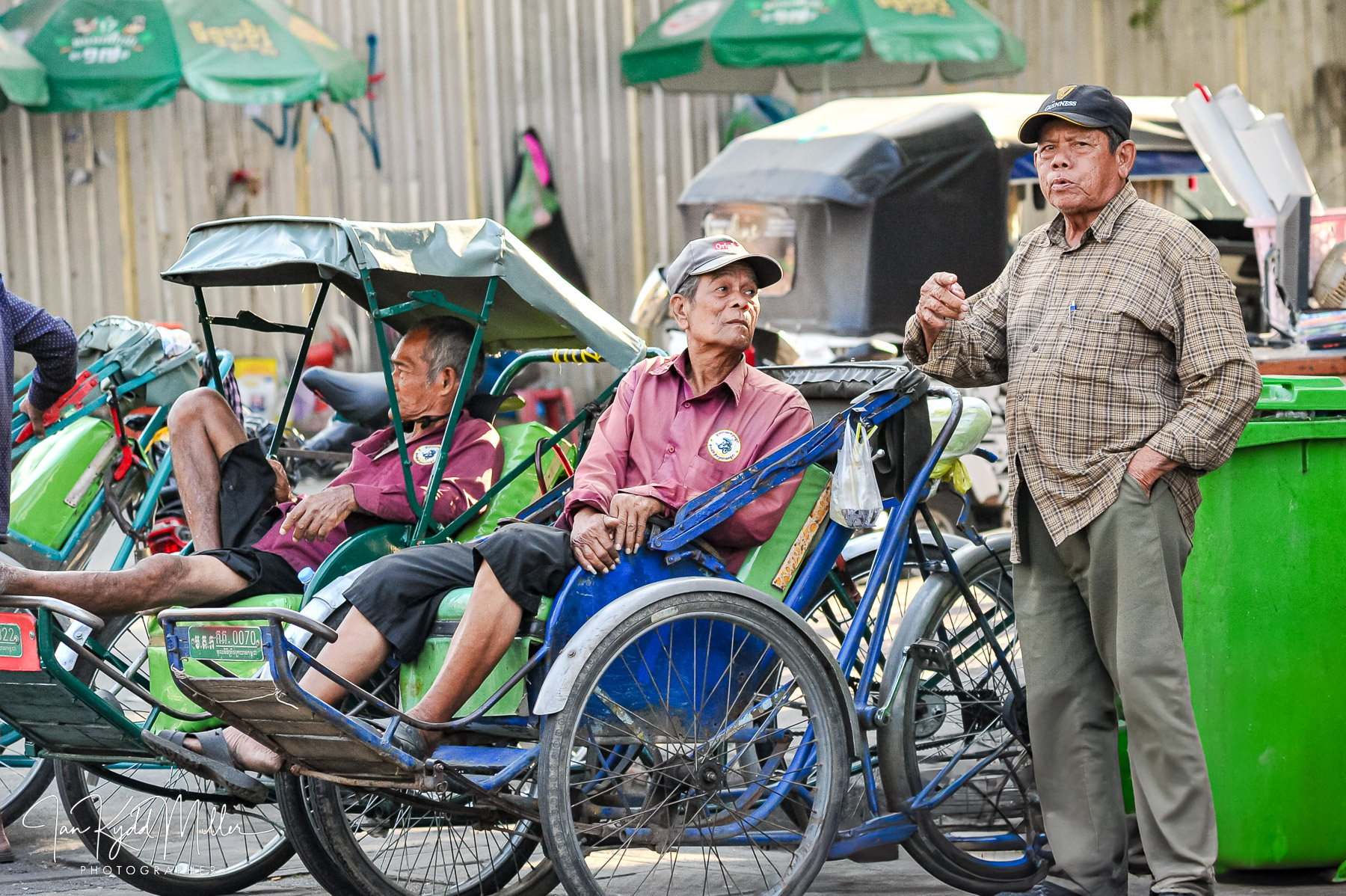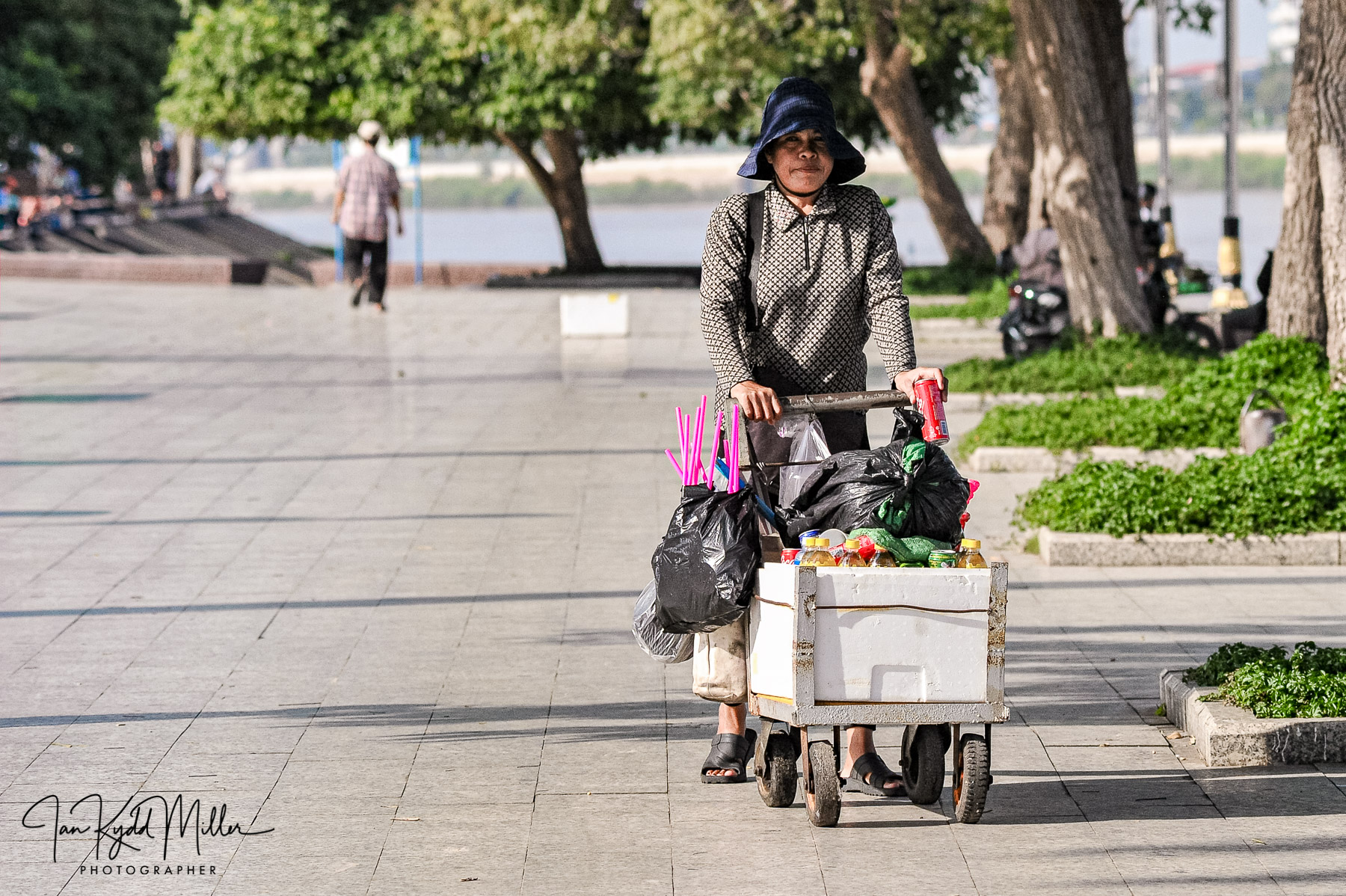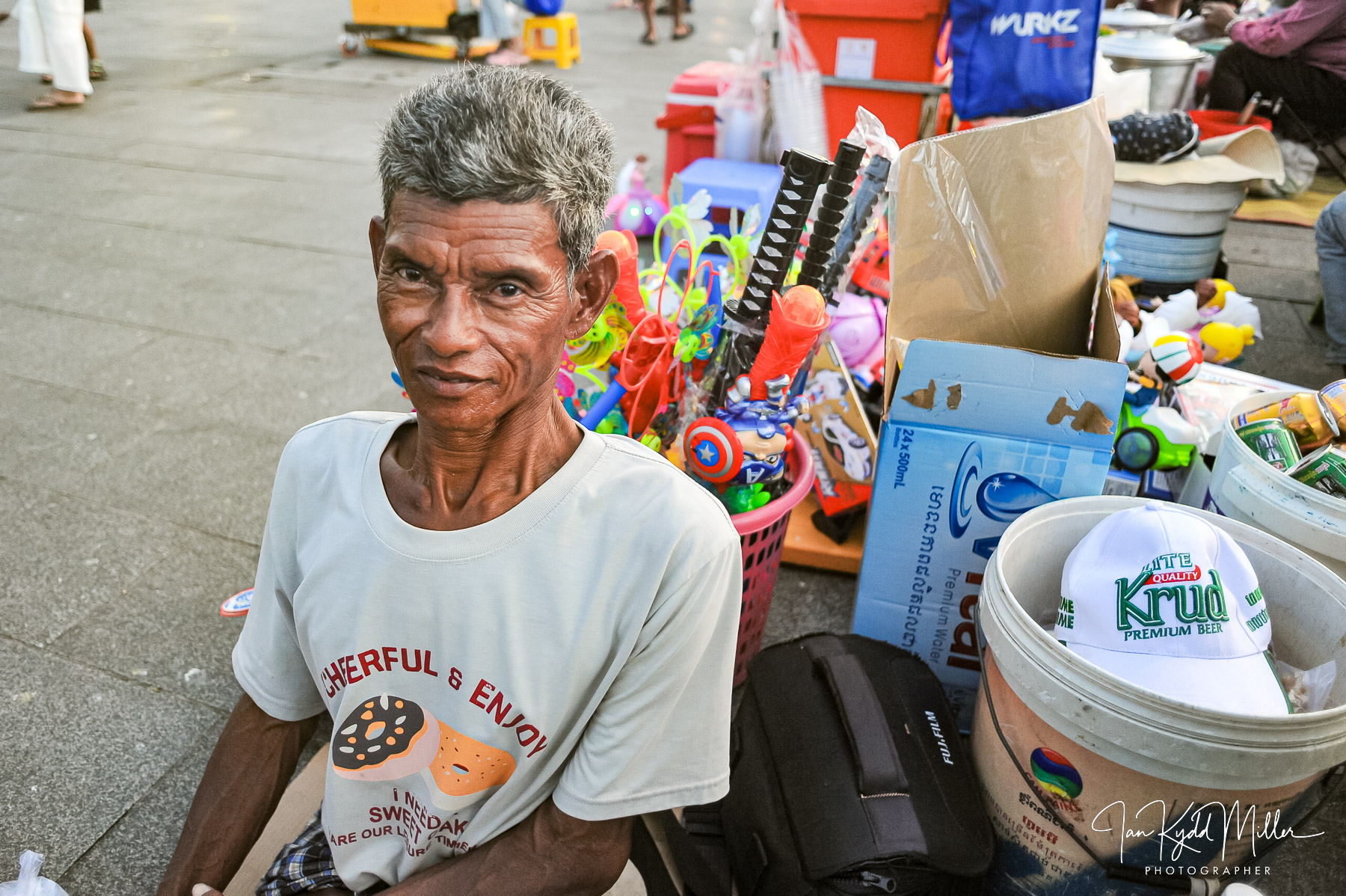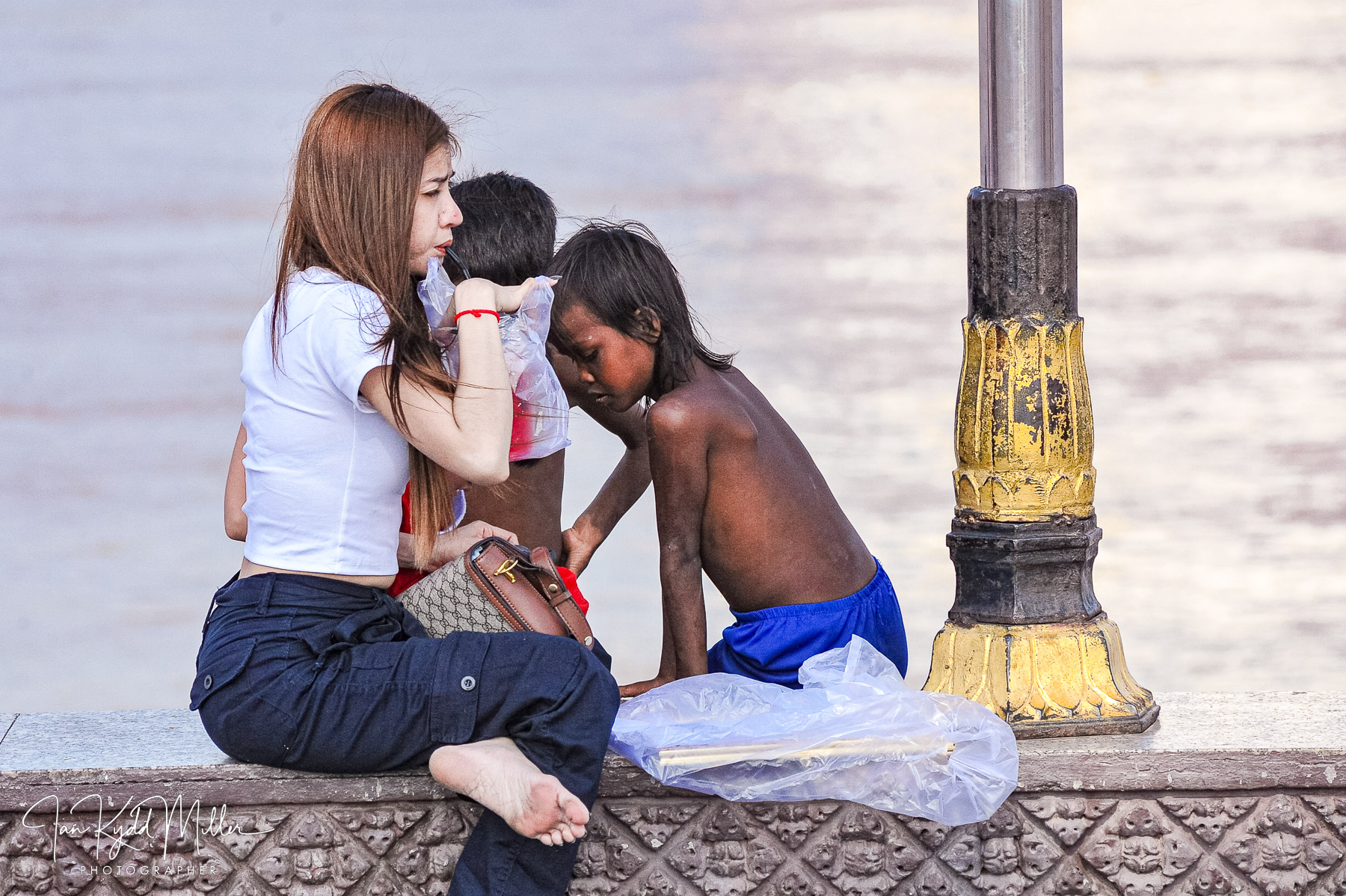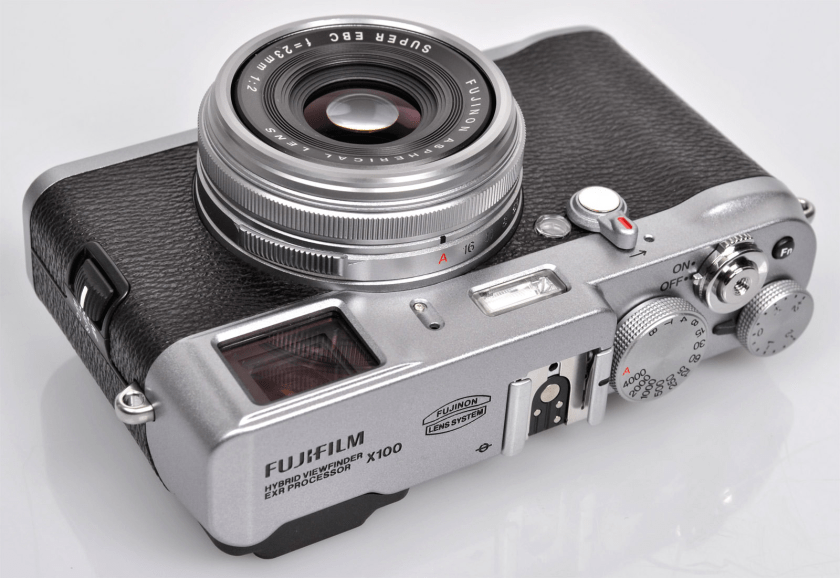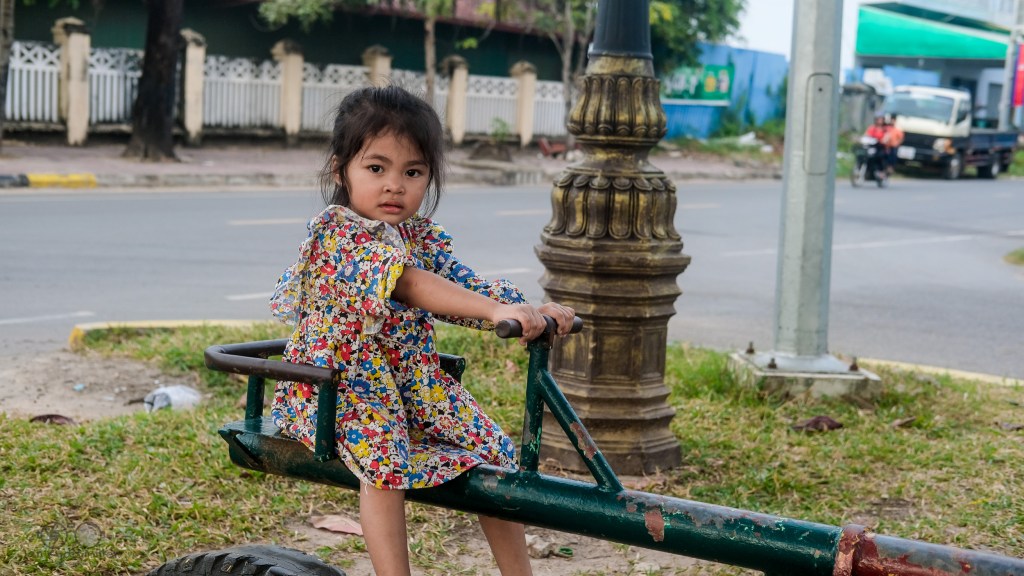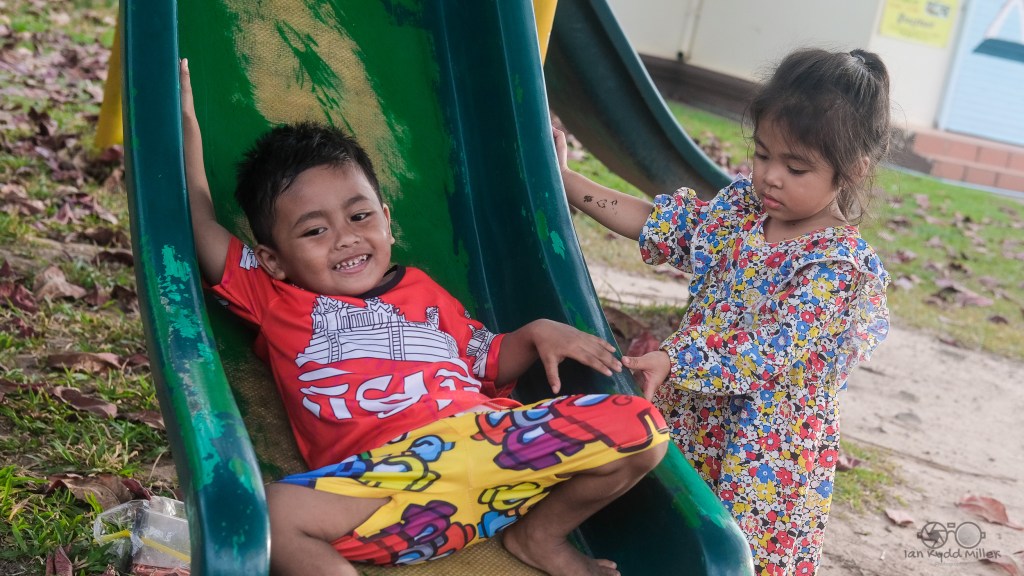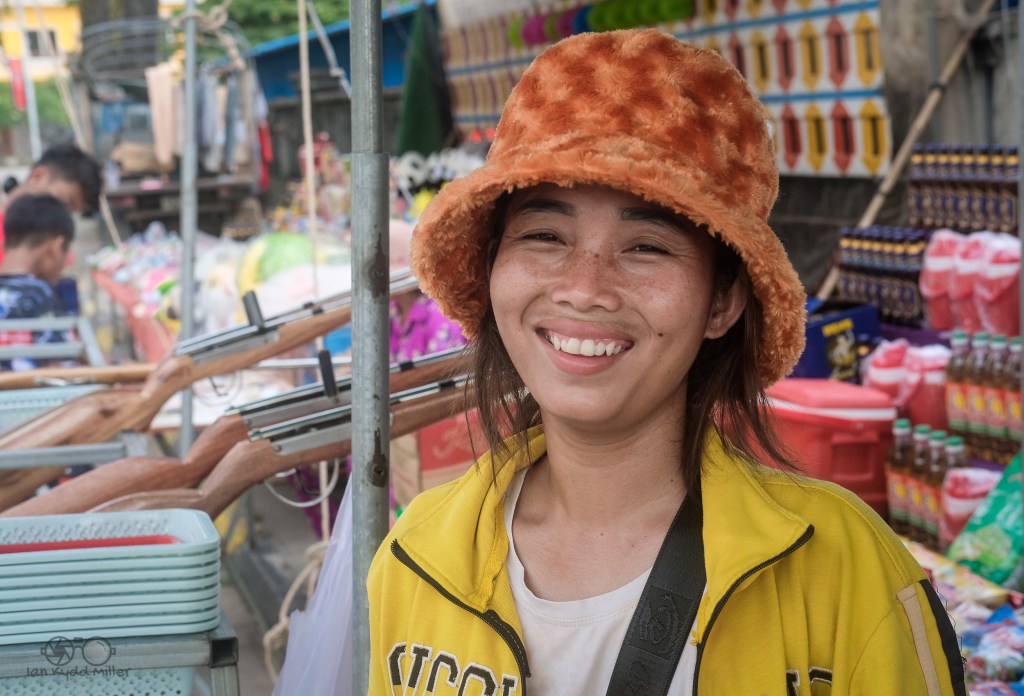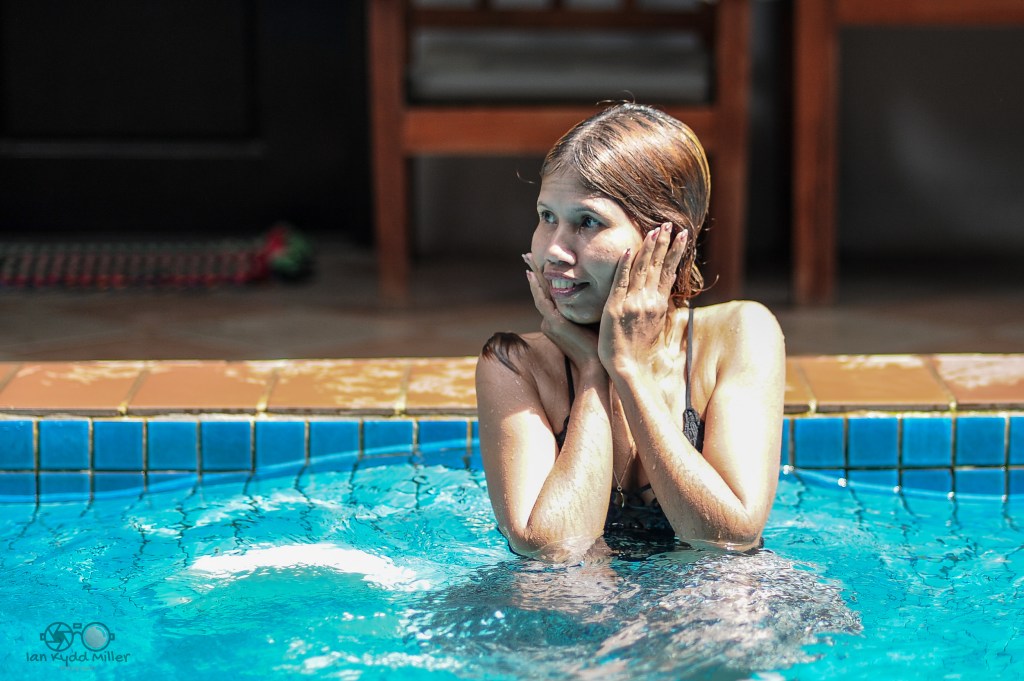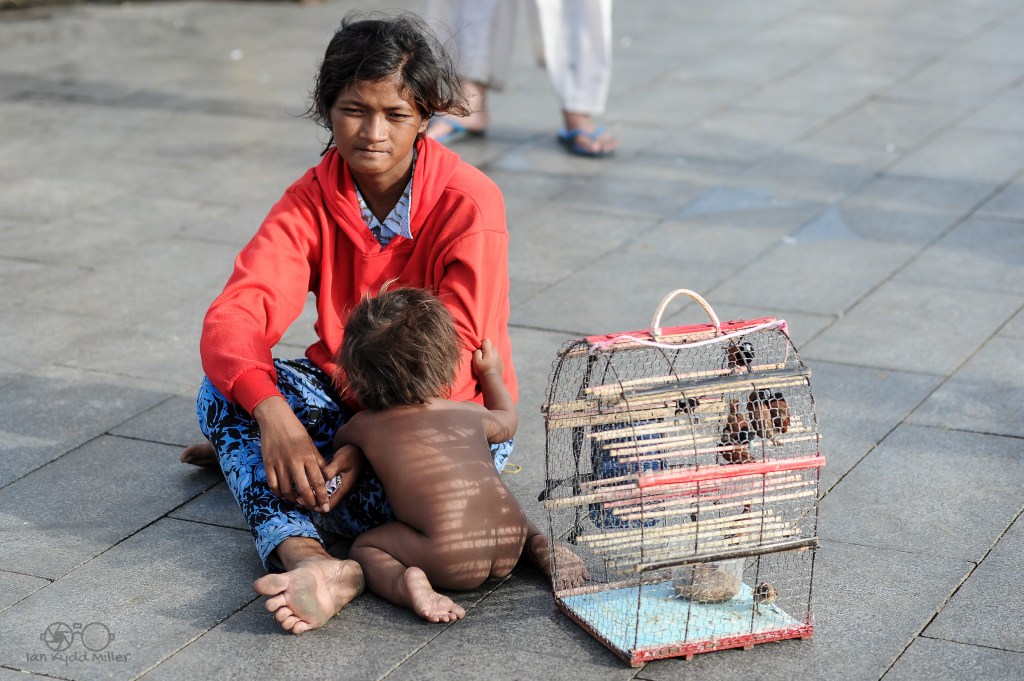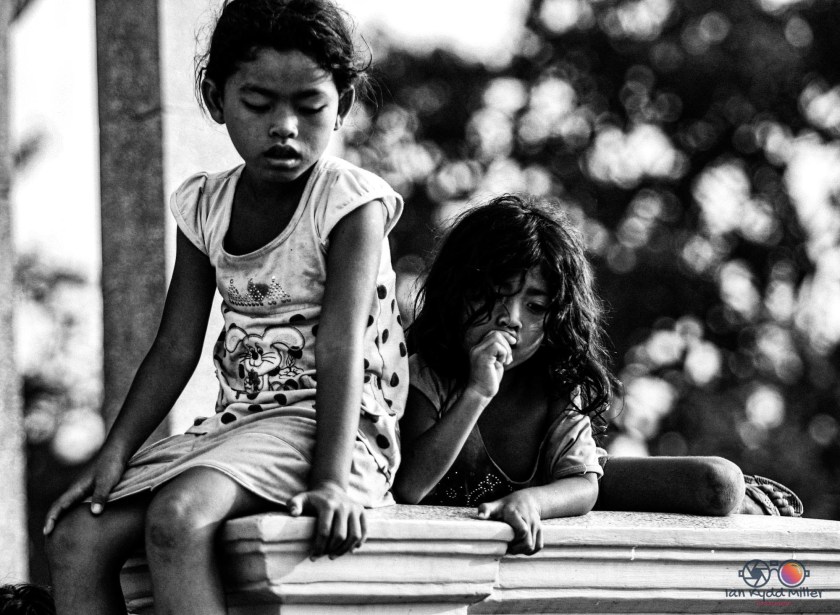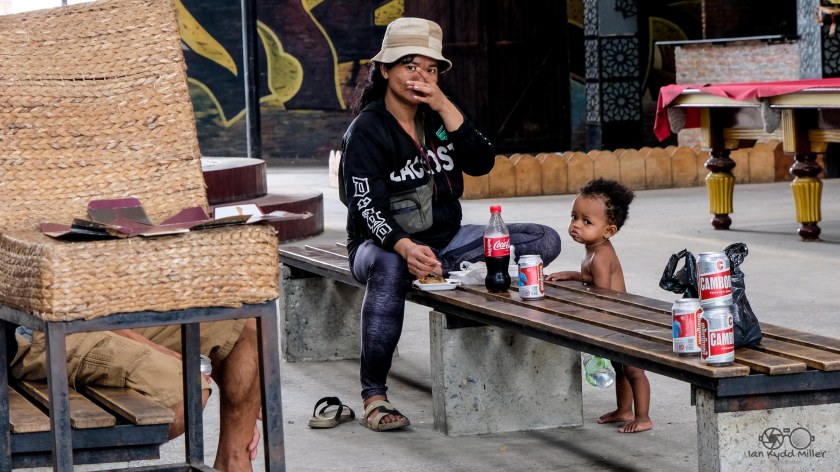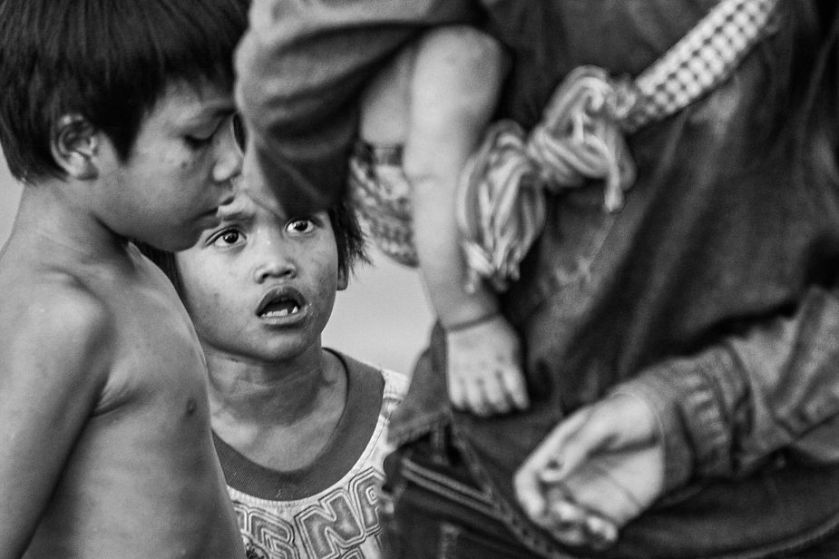Is Everyone a Photographer?
In an age where nearly every pocket holds a camera, the question feels inevitable: Is everyone a photographer now? Billions of images are made every day, documenting everything from morning coffee to monumental life events. The act of taking pictures has become as natural as breathing. But does this ubiquity make everyone a photographer?
The short answer is no — and the long answer is far more interesting.
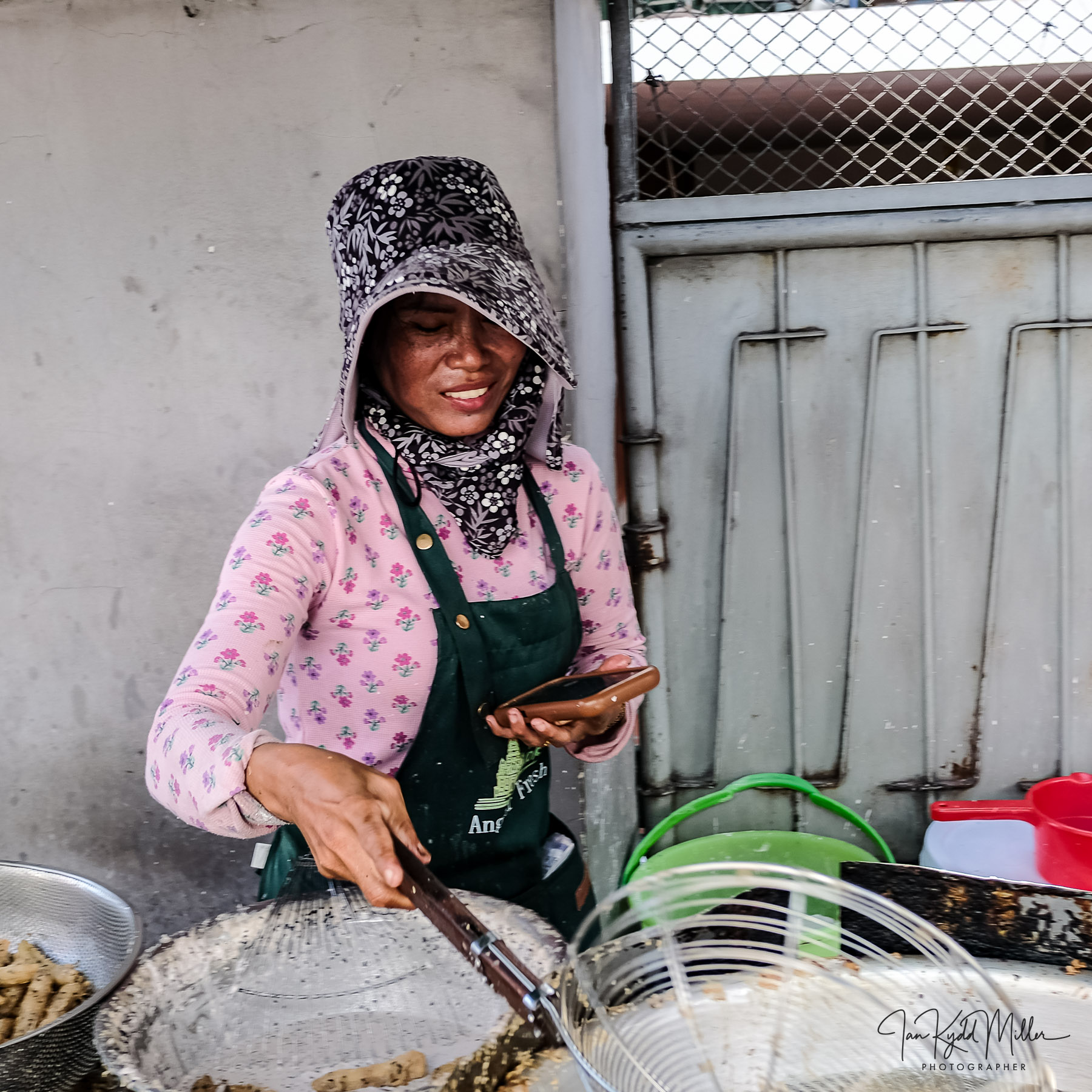
Everyone Takes Photos, But Not Everyone Practices Photography
The modern camera is frictionless. It requires no technical knowledge, no preparation, no intention. A swipe, a tap, and the moment is captured. But photography is more than the mechanical act of recording. It is a way of seeing, a deliberate engagement with the world.
A photographer doesn’t just point a camera. A photographer notices.

The Difference Is Intent
Intent is the quiet force that separates casual image‑making from photography. One person photographs to remember. Another photographs to understand. One uses the camera as a diary. Another uses it as a language.
Photography begins when the camera becomes a tool for expression rather than documentation.
Craft Still Matters
Despite the accessibility of cameras, the craft of photography remains as demanding as ever. It asks for sensitivity to light, awareness of timing, an understanding of composition, and the discipline to edit and refine. These skills are learned, practiced, and internalized. They cannot be downloaded or automated.
The camera may be universal, but vision is not.
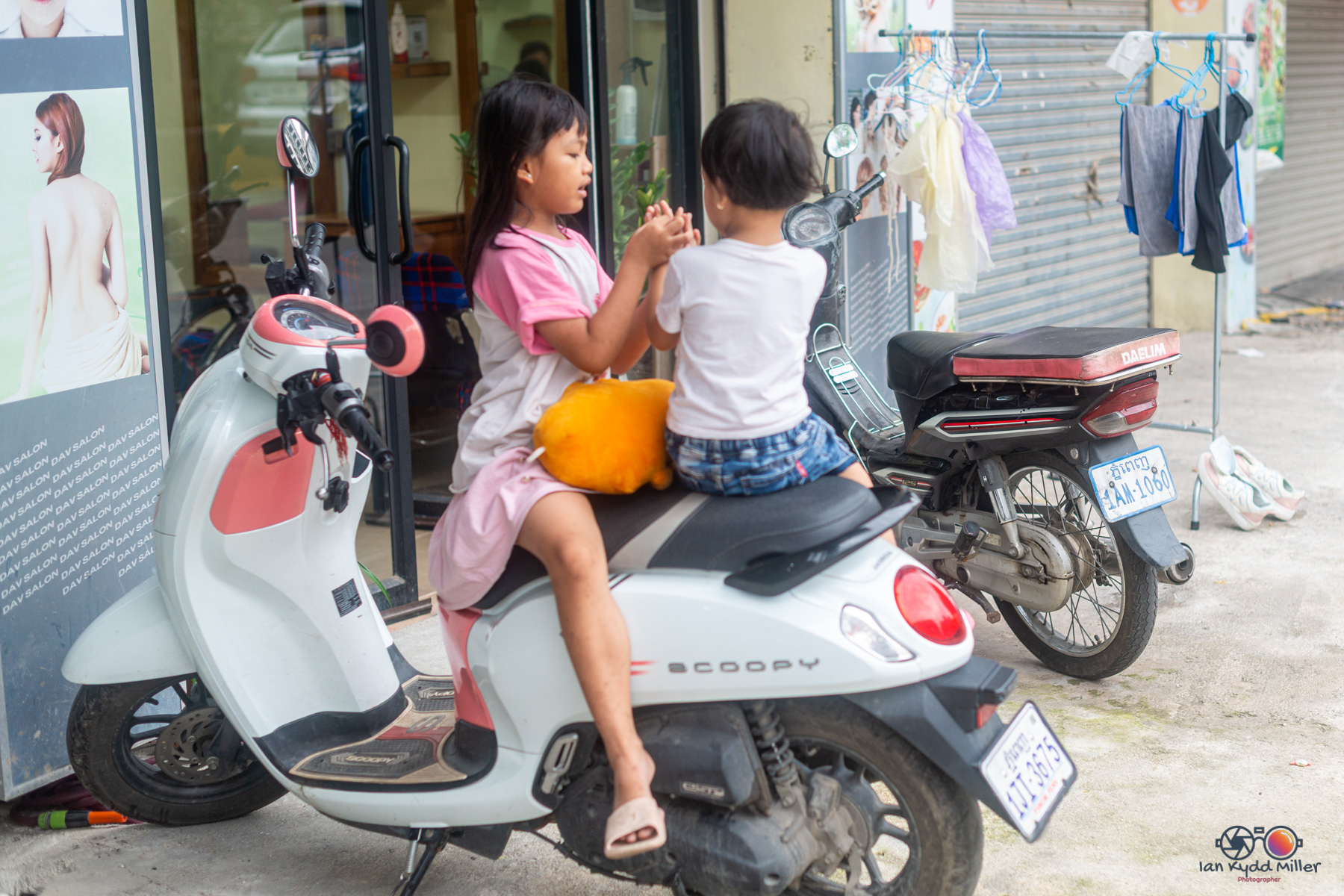
Democratisation Is Not Dilution
The explosion of image‑making has not diluted photography. If anything, it has expanded its possibilities. More voices, more perspectives, more interpretations of the world. But the presence of more images does not erase the distinction between casual snapshots and intentional photographic work.
Photography remains a craft defined by attention, not by access.
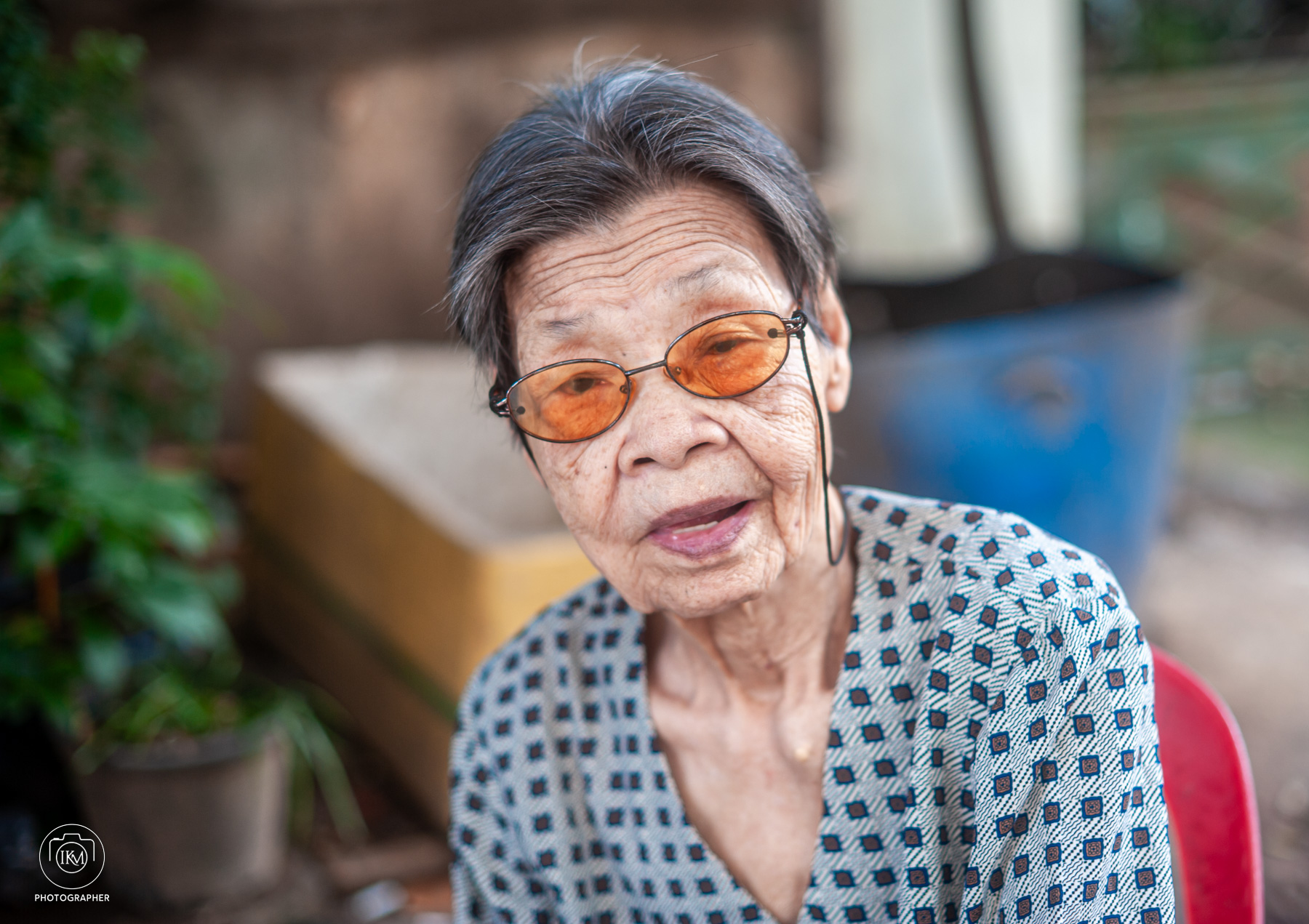
The Final Thought
Everyone is a picture‑maker. Not everyone is a photographer.
A photographer is someone who uses the camera not just to record life, but to interpret it — someone who sees the world not only as it is, but as it could be framed, shaped, and understood through the lens.

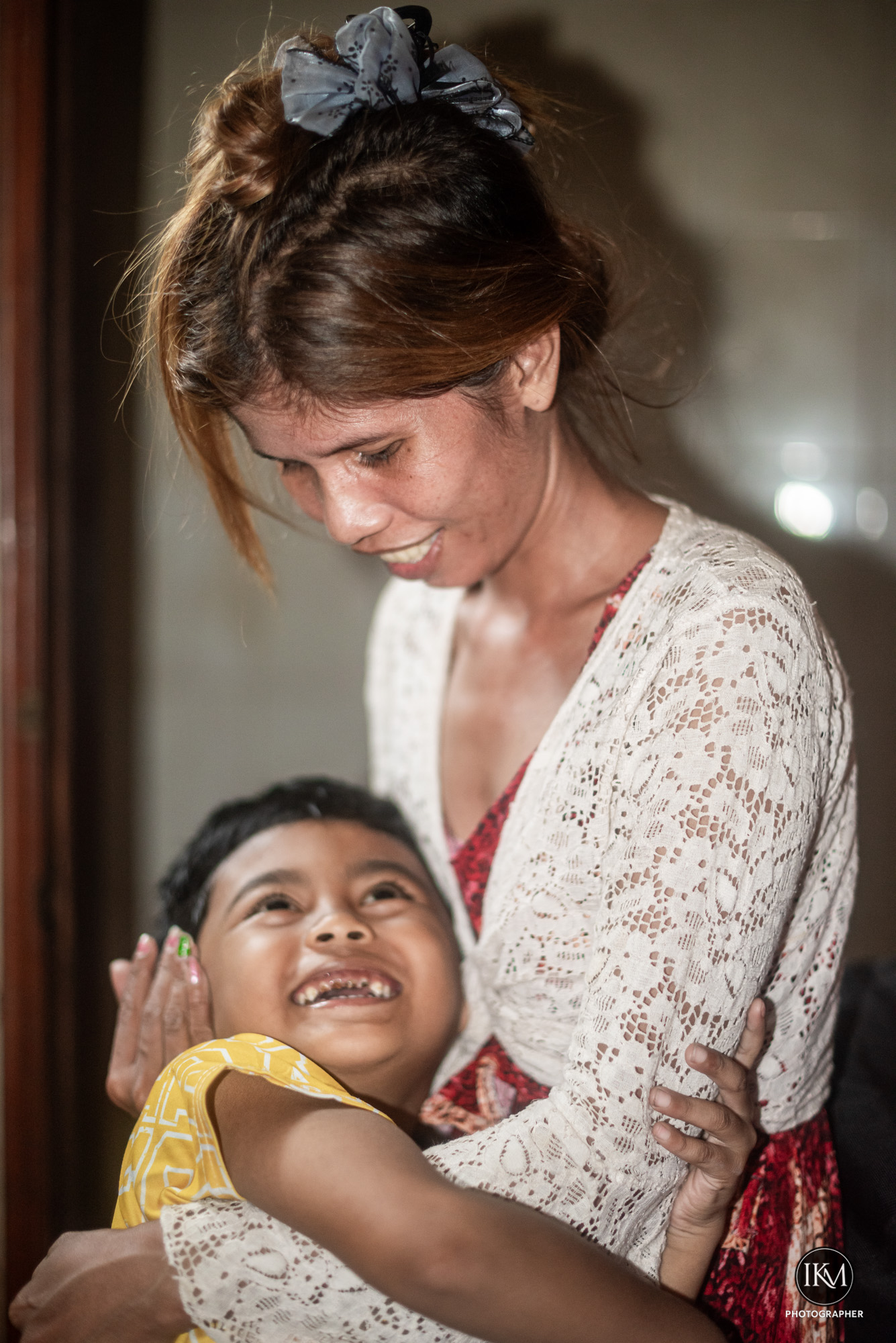




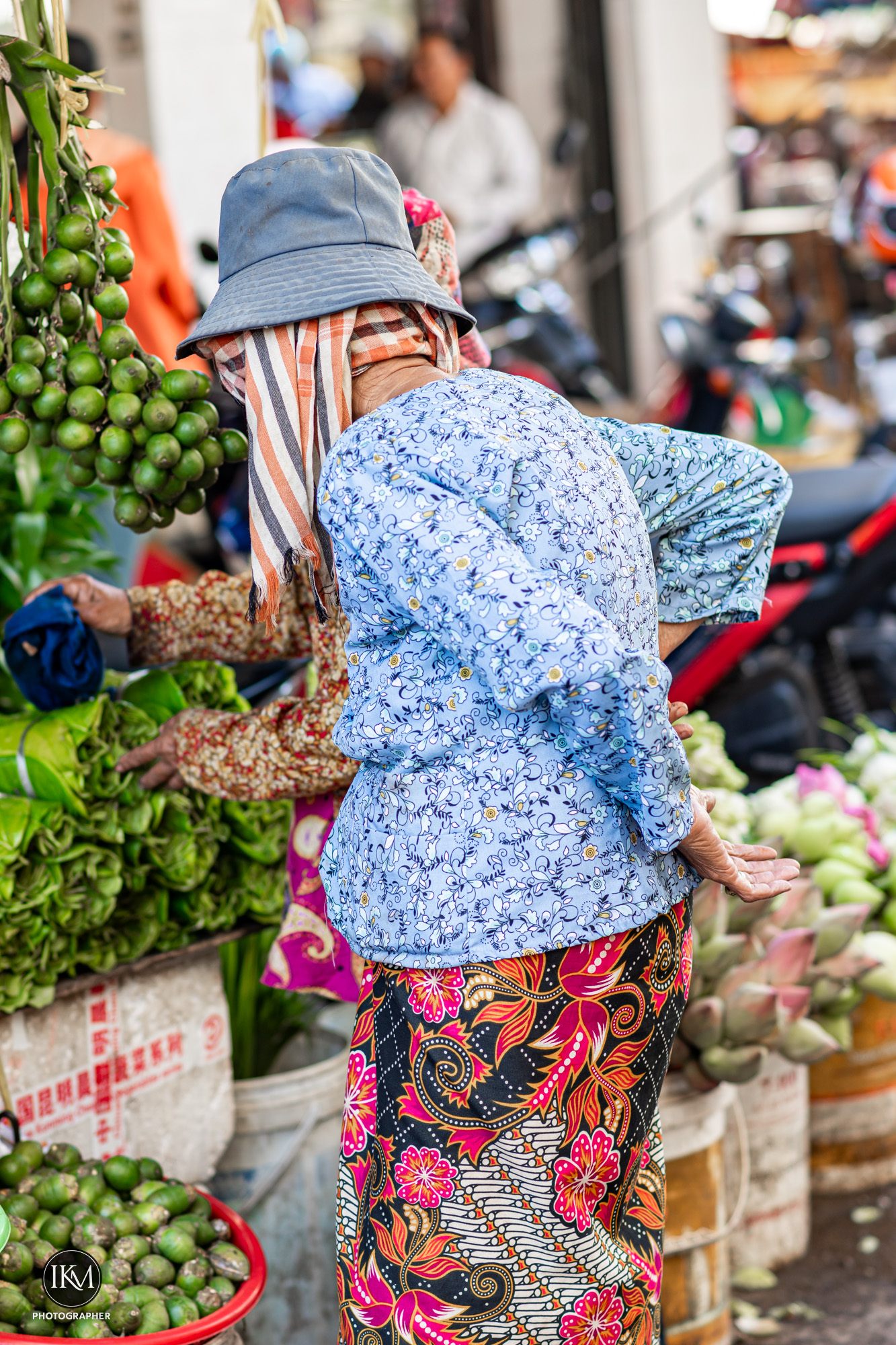


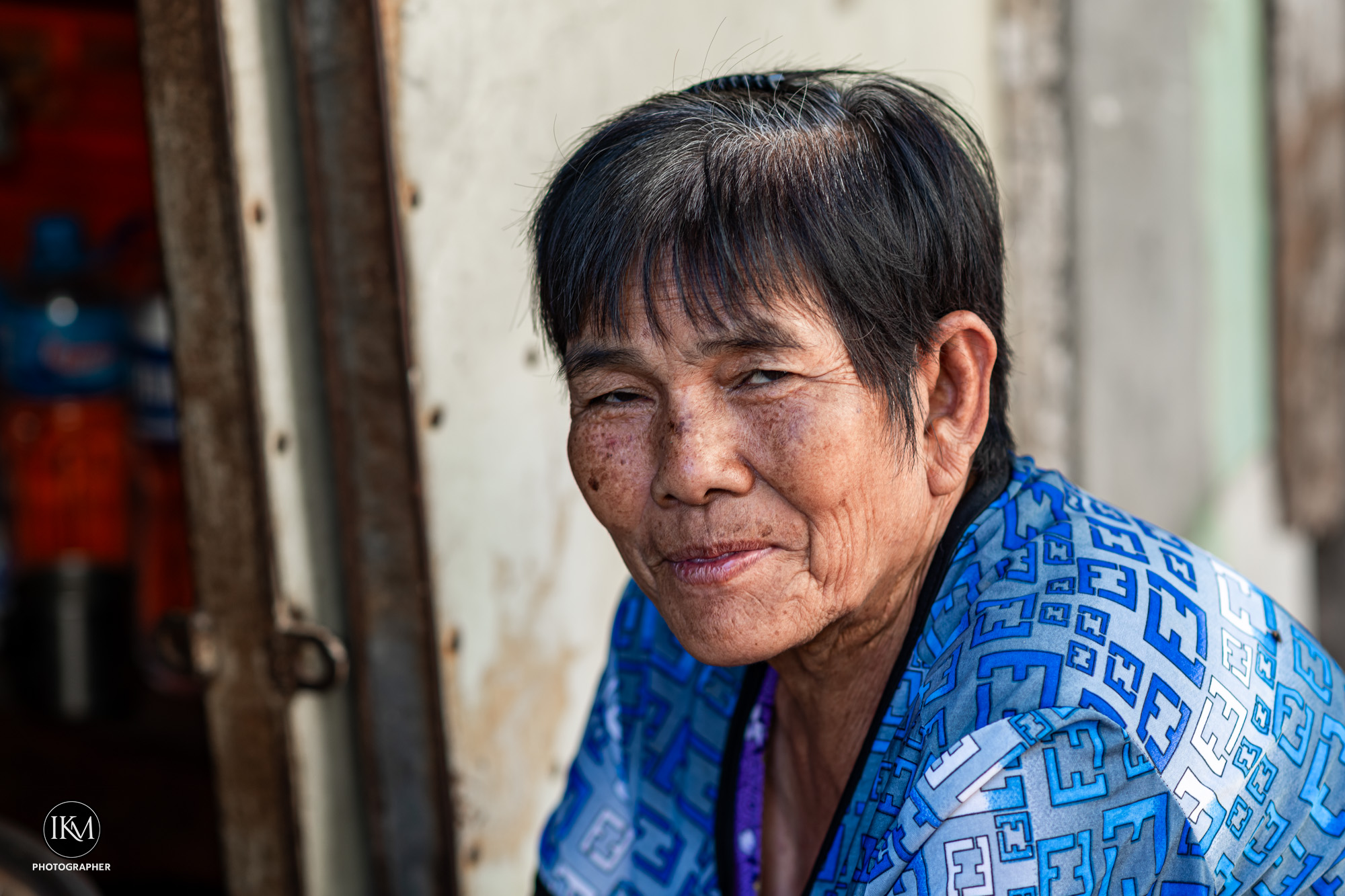
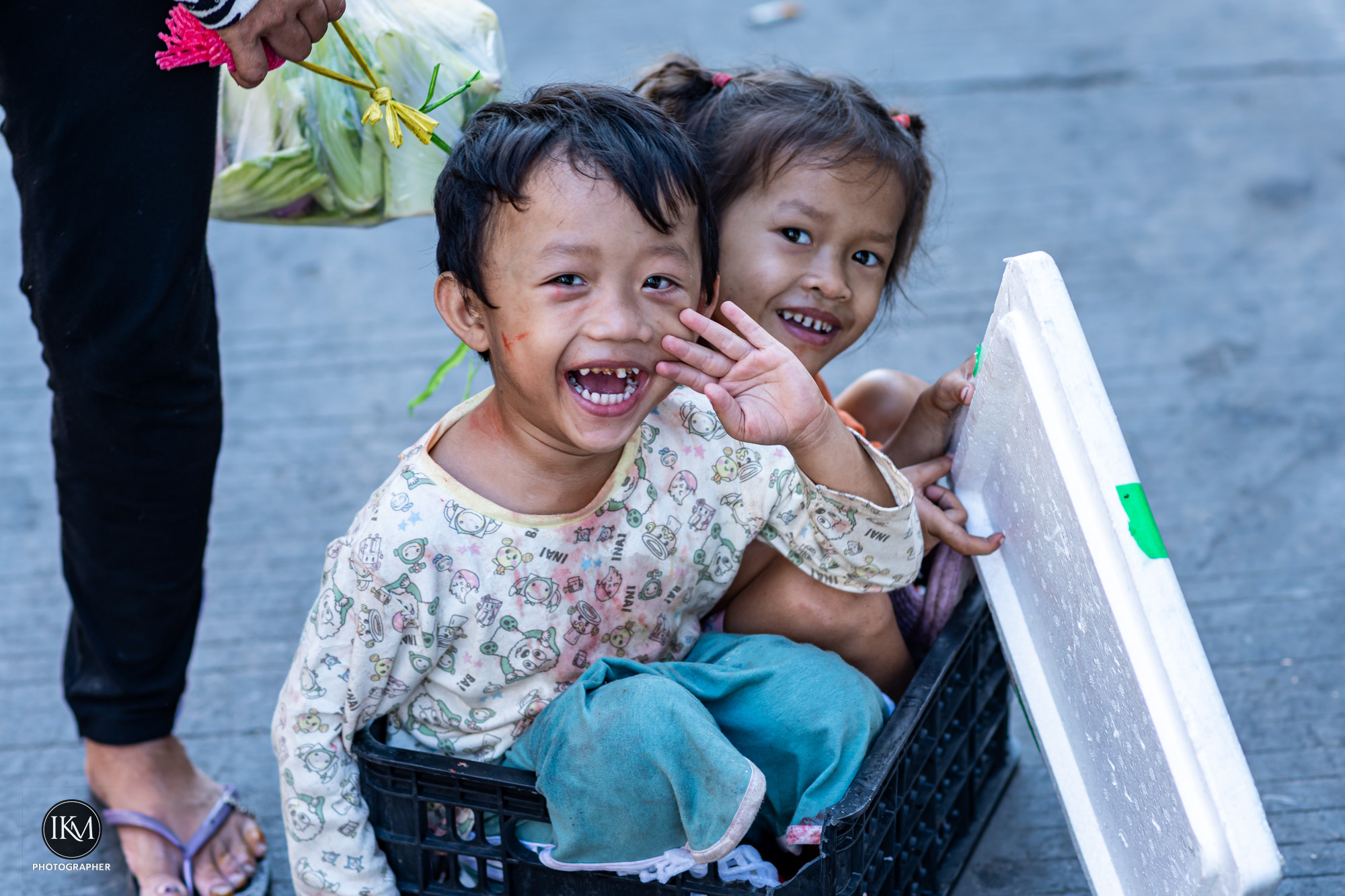
In a world full of cameras, the rare thing isn’t the ability to take a picture. The rare thing is the ability to see.


